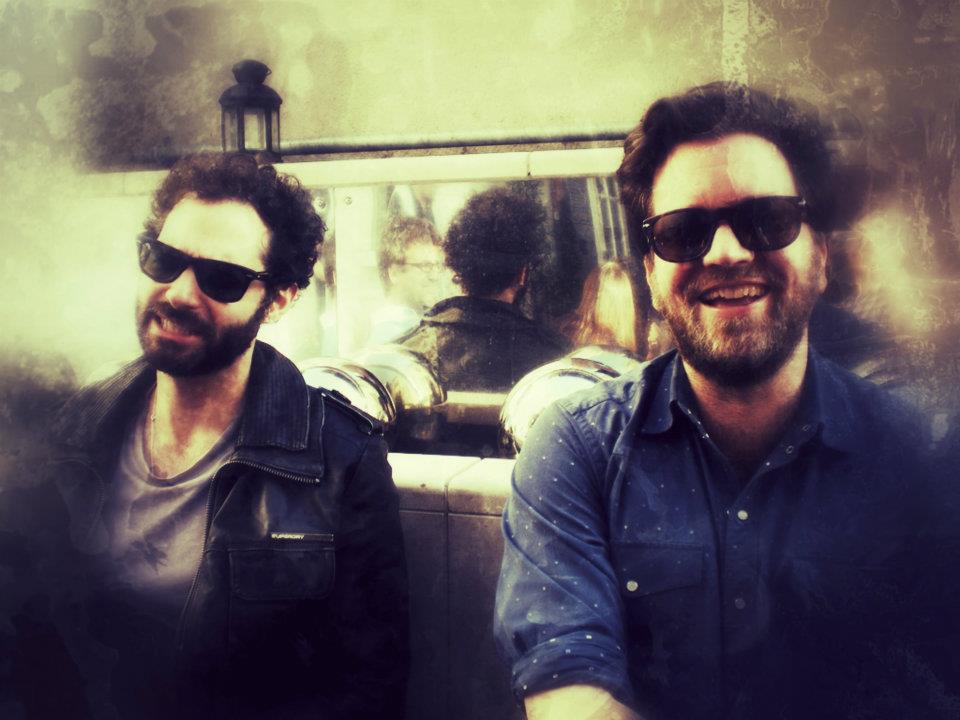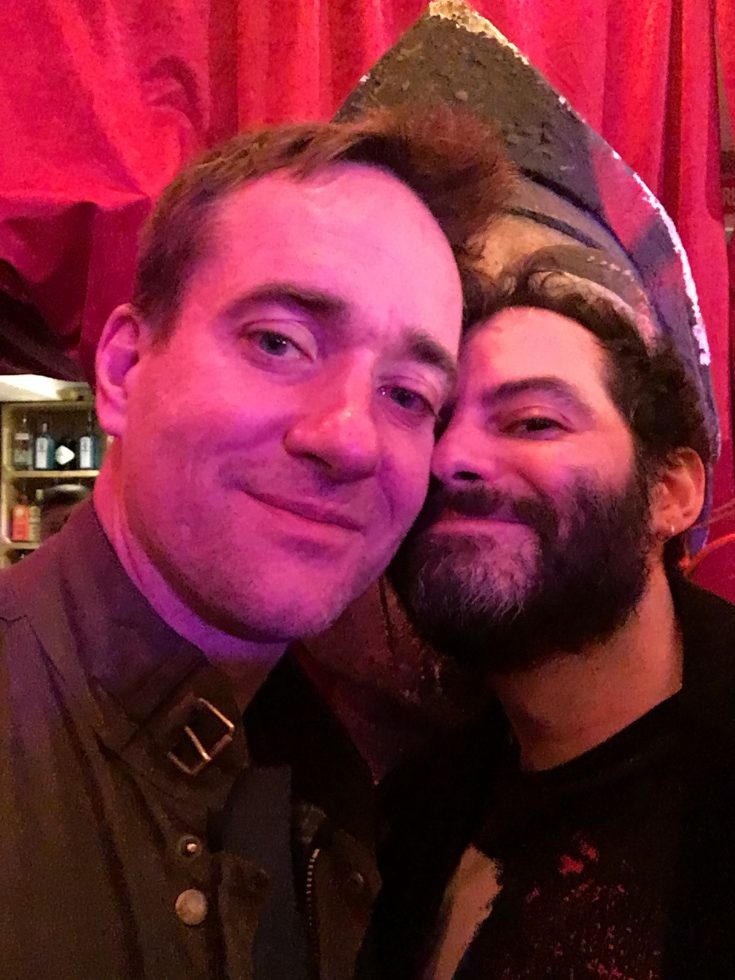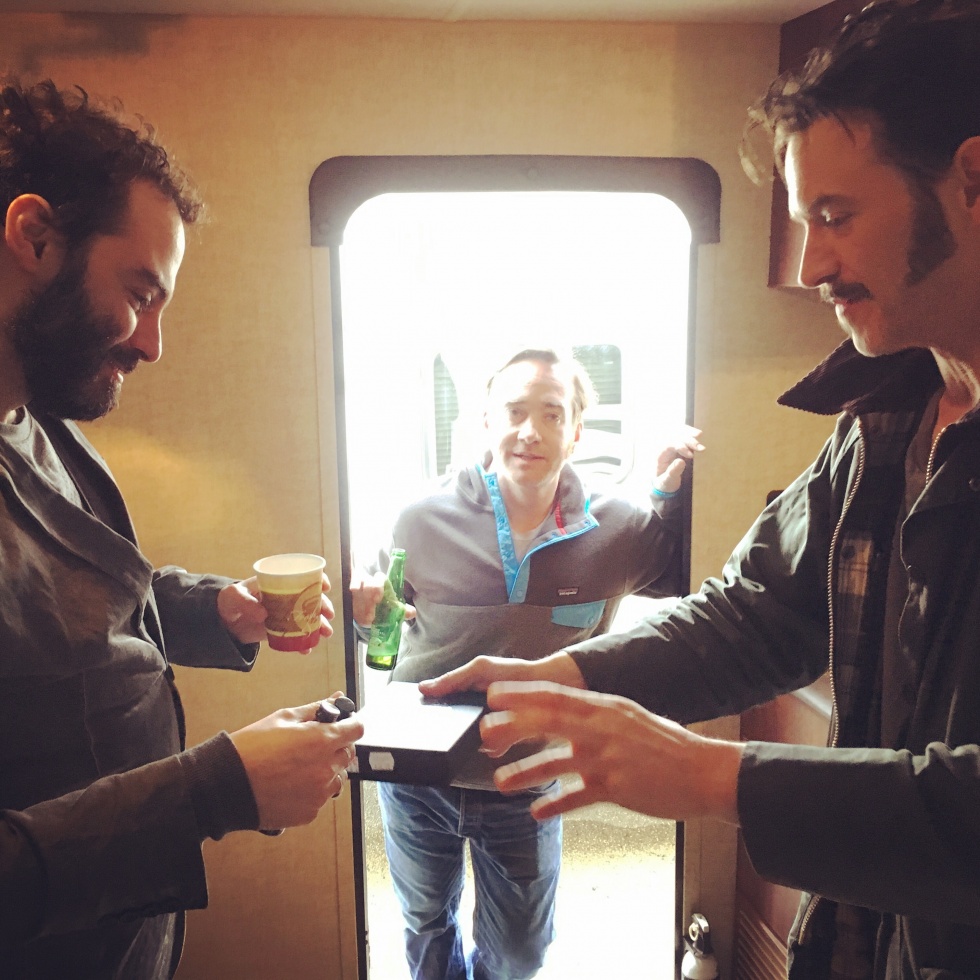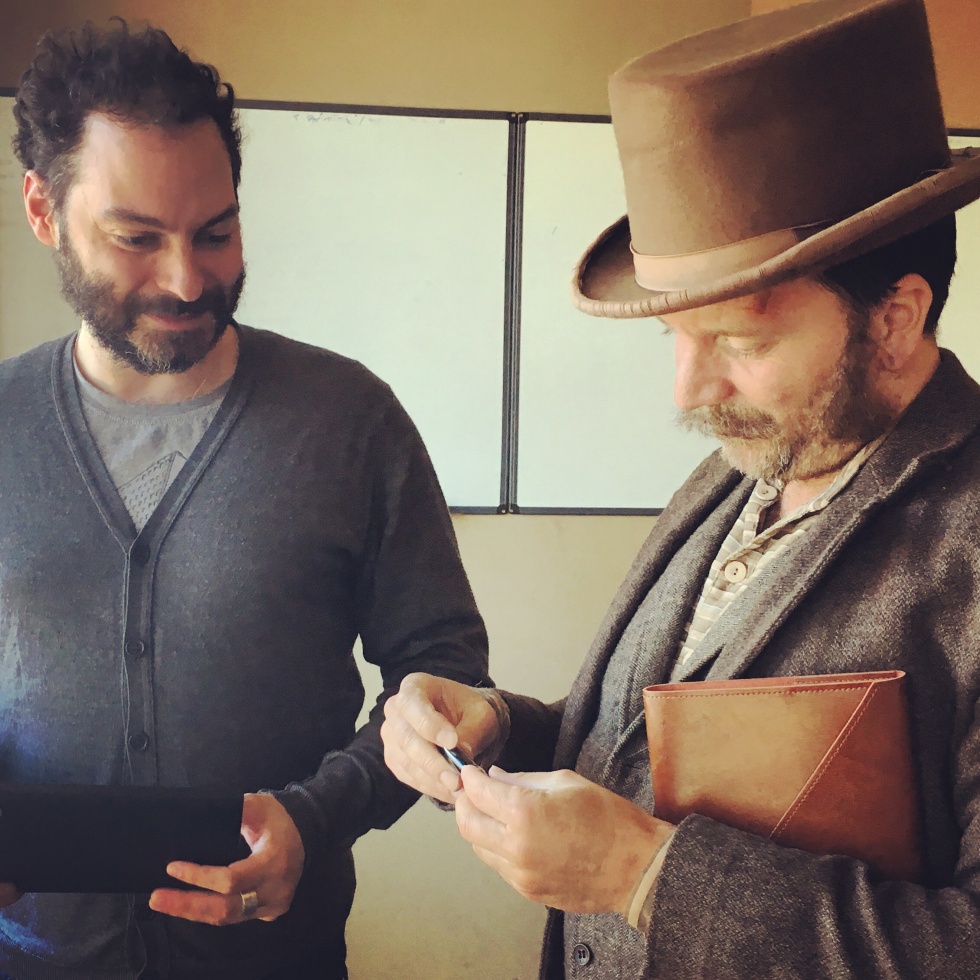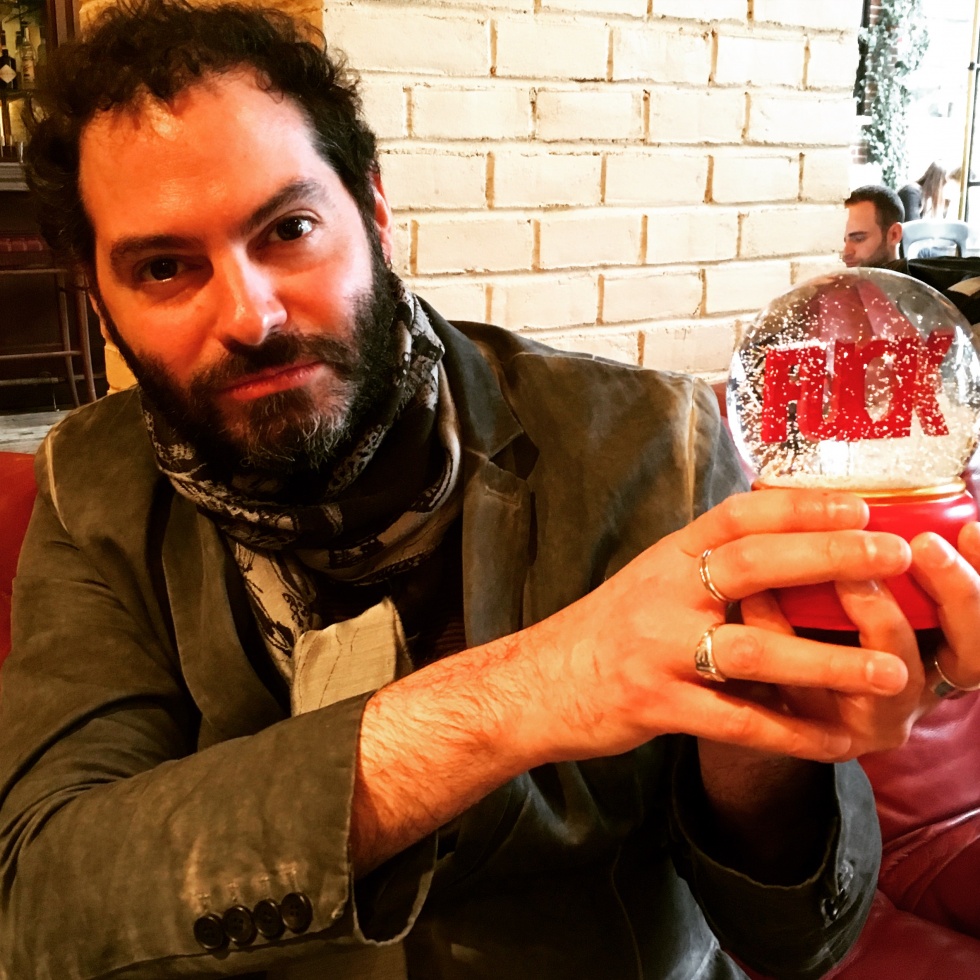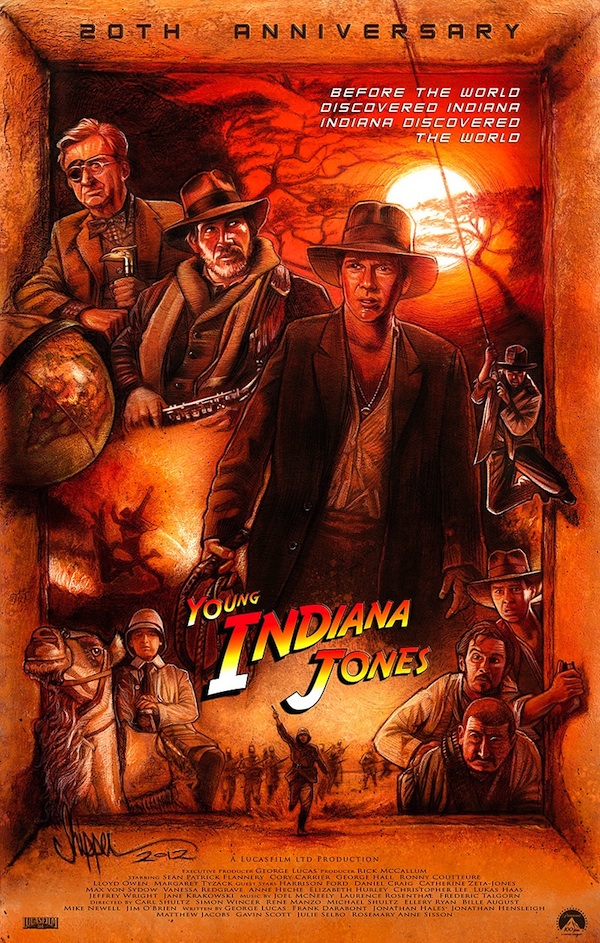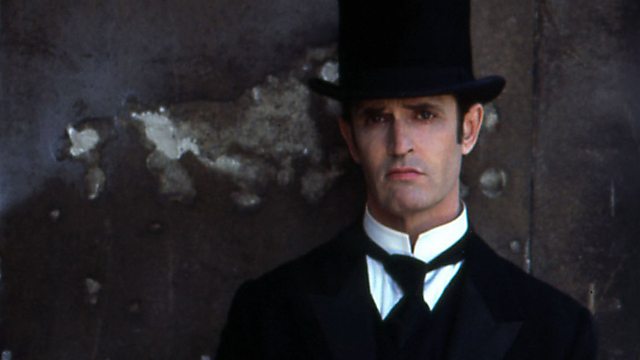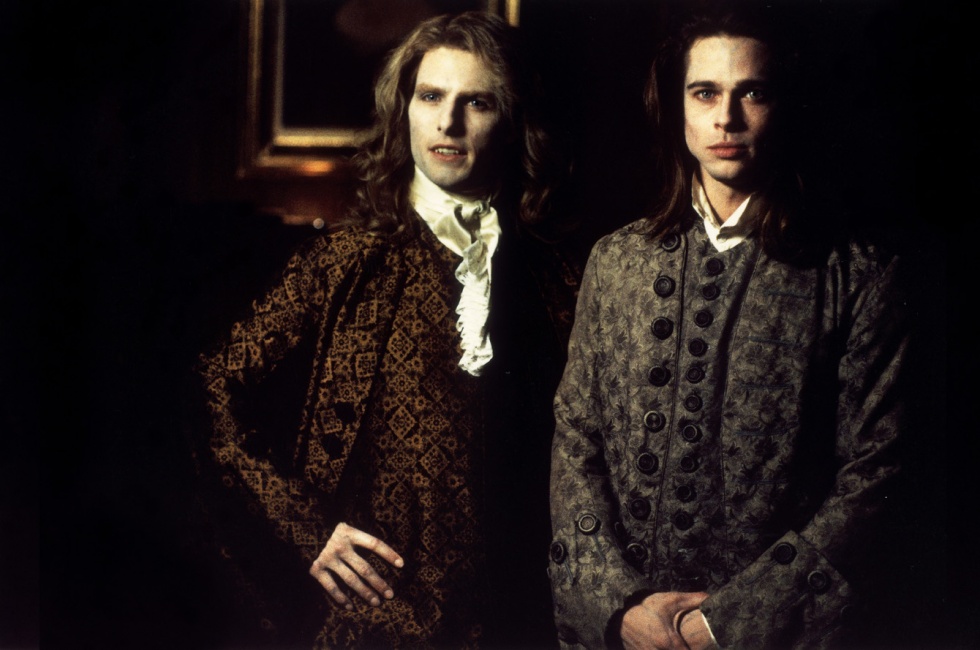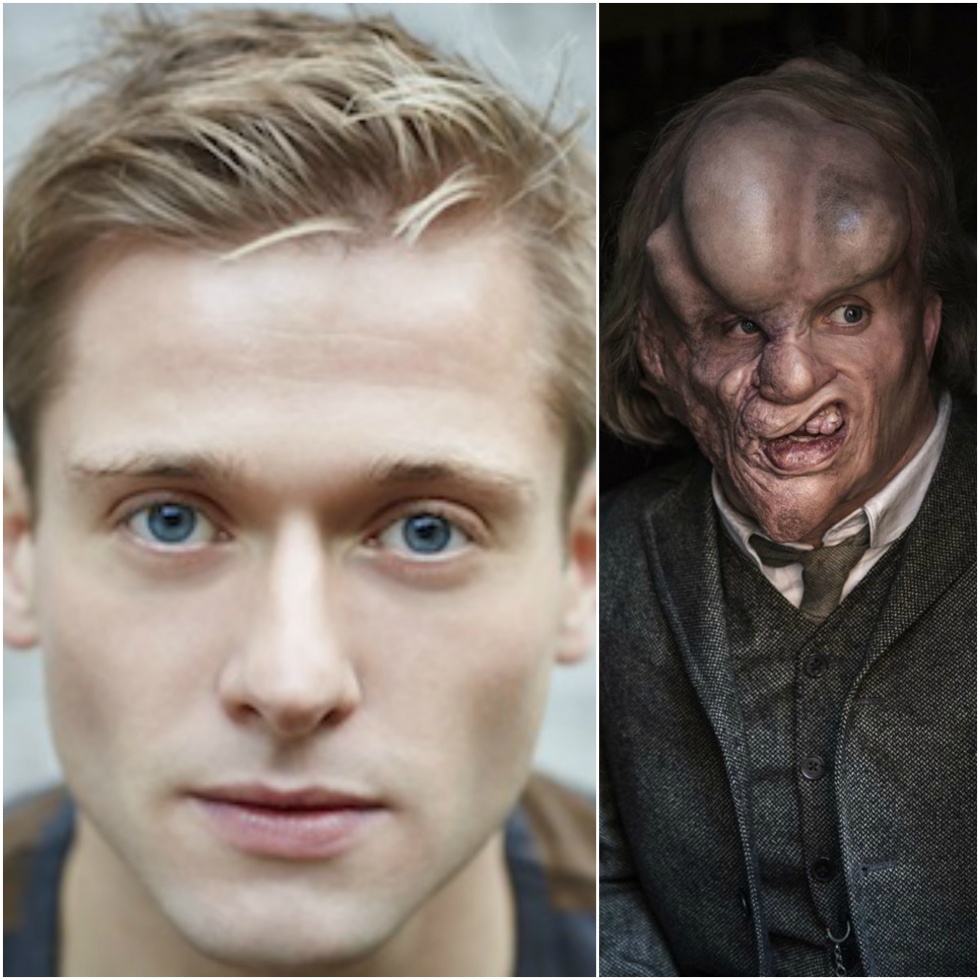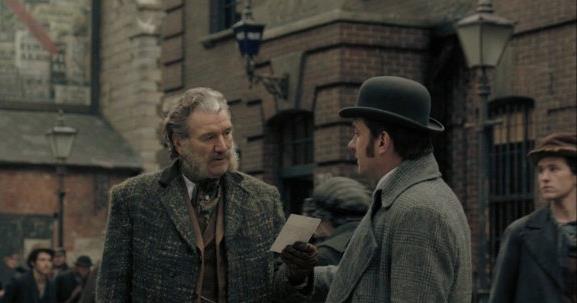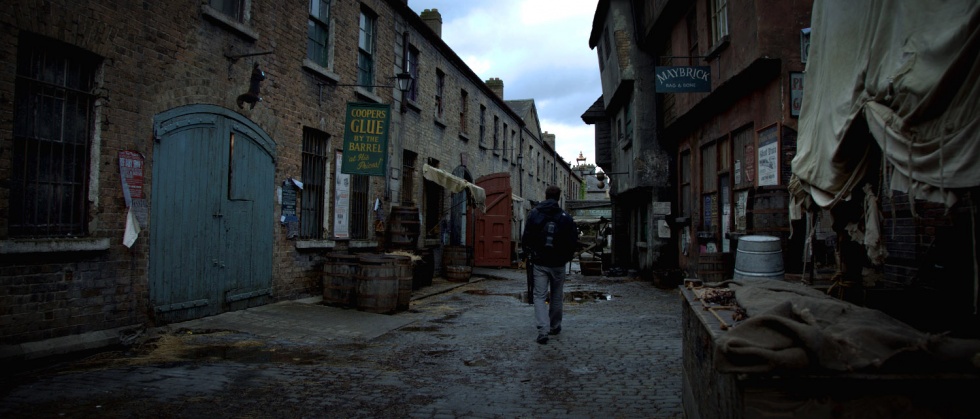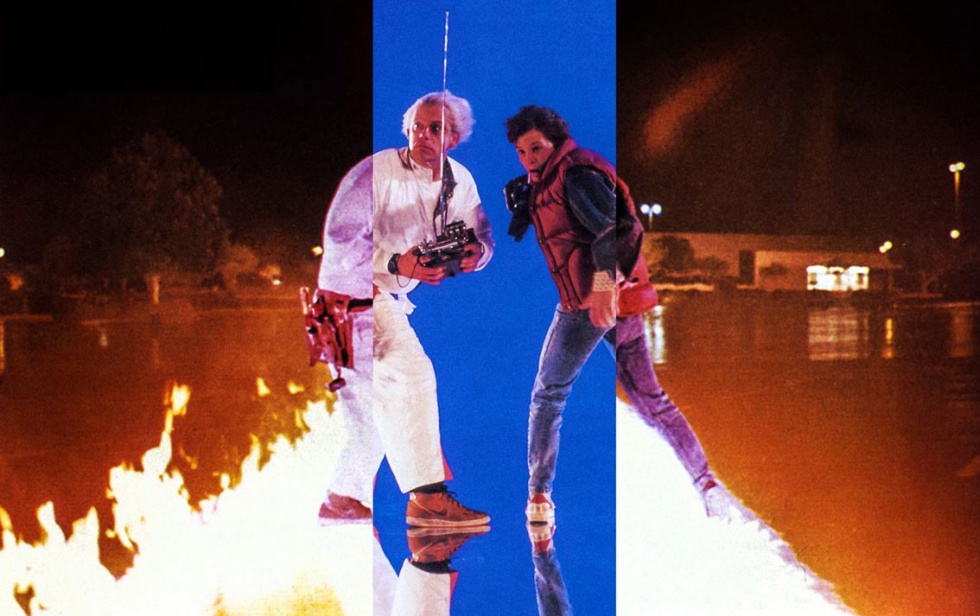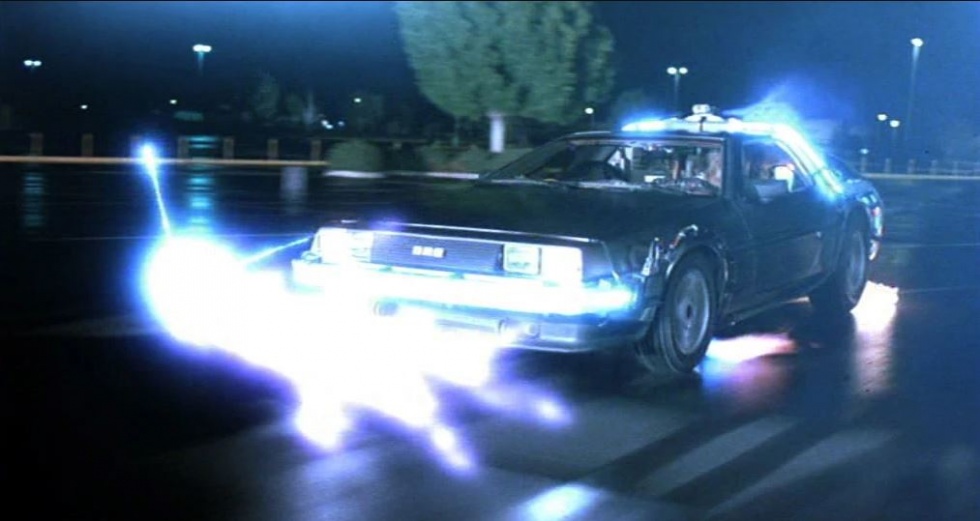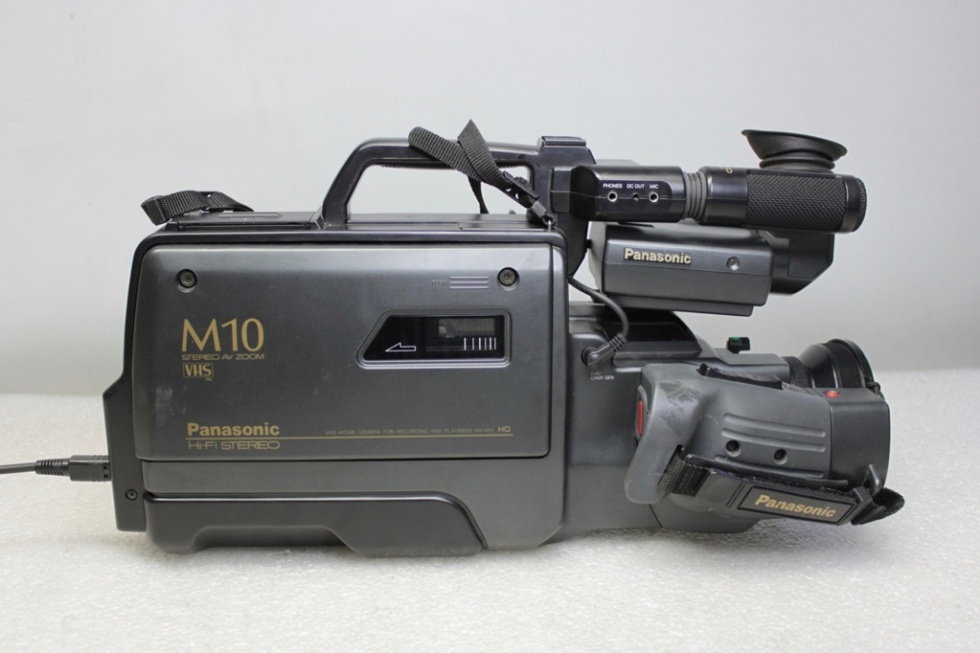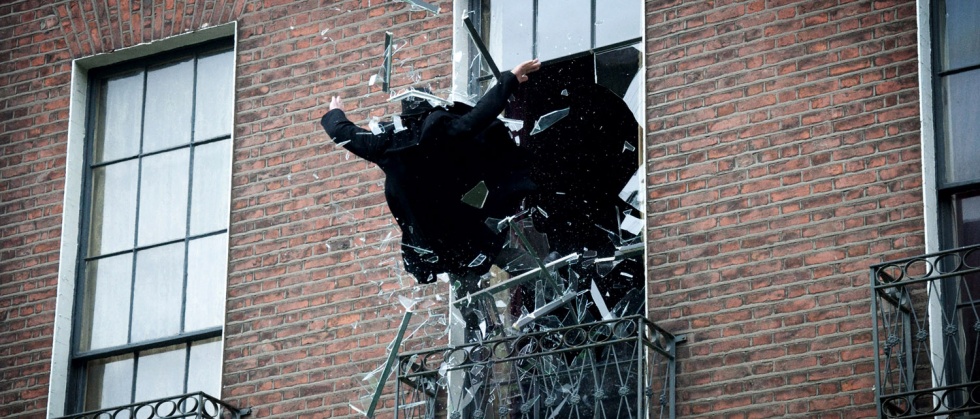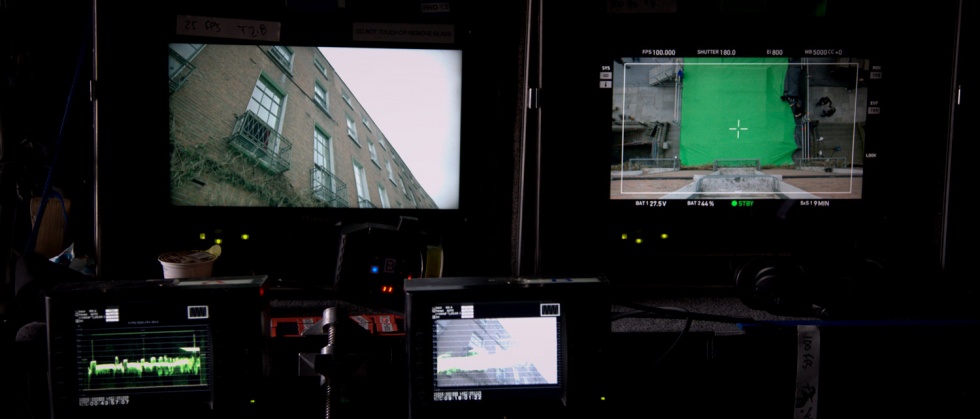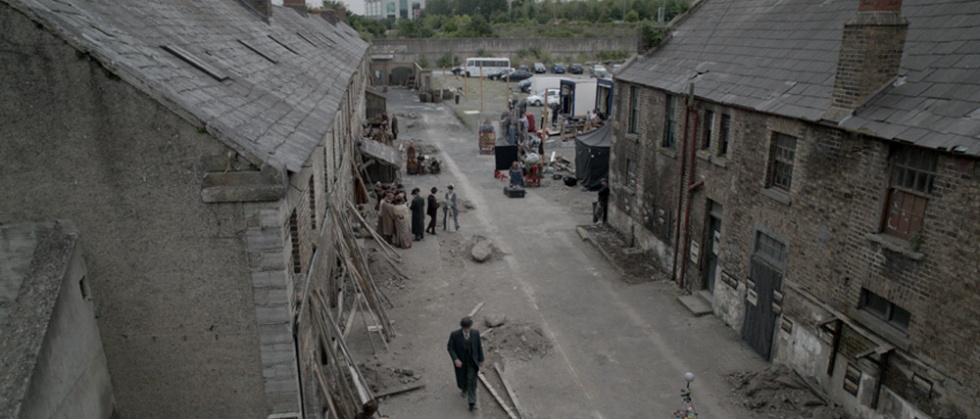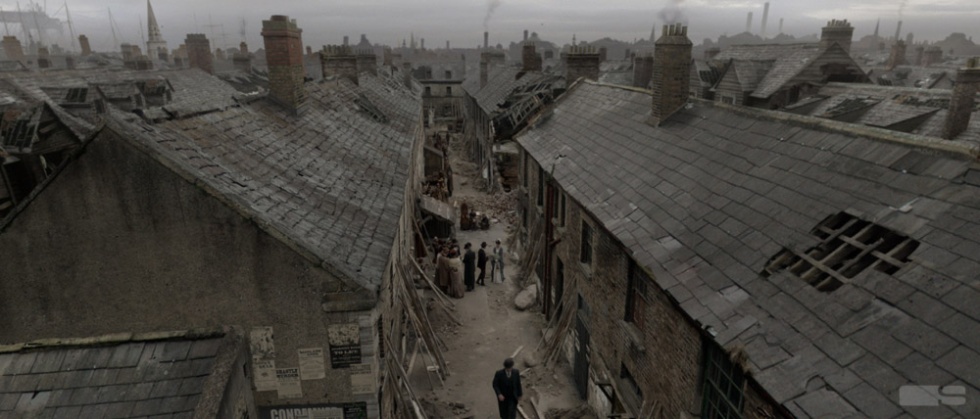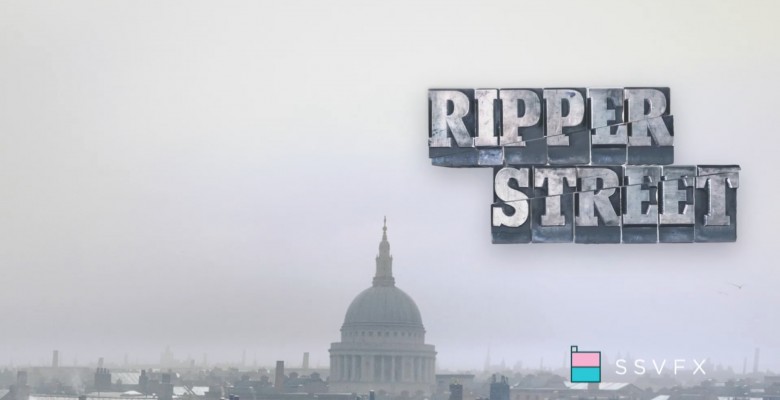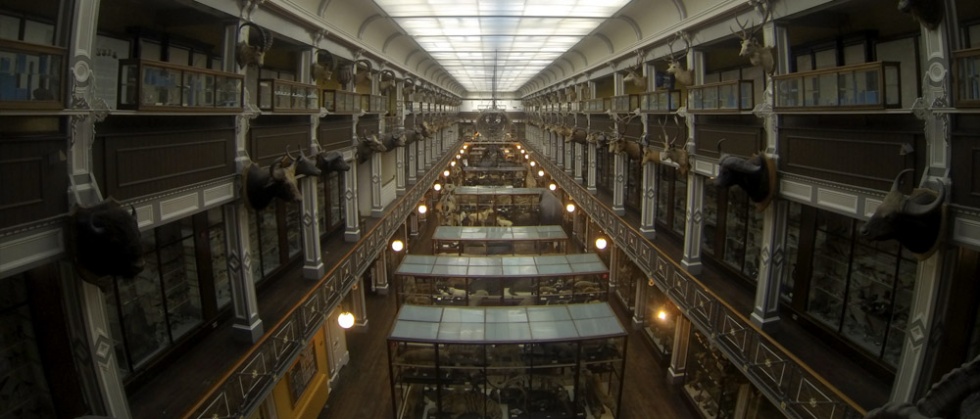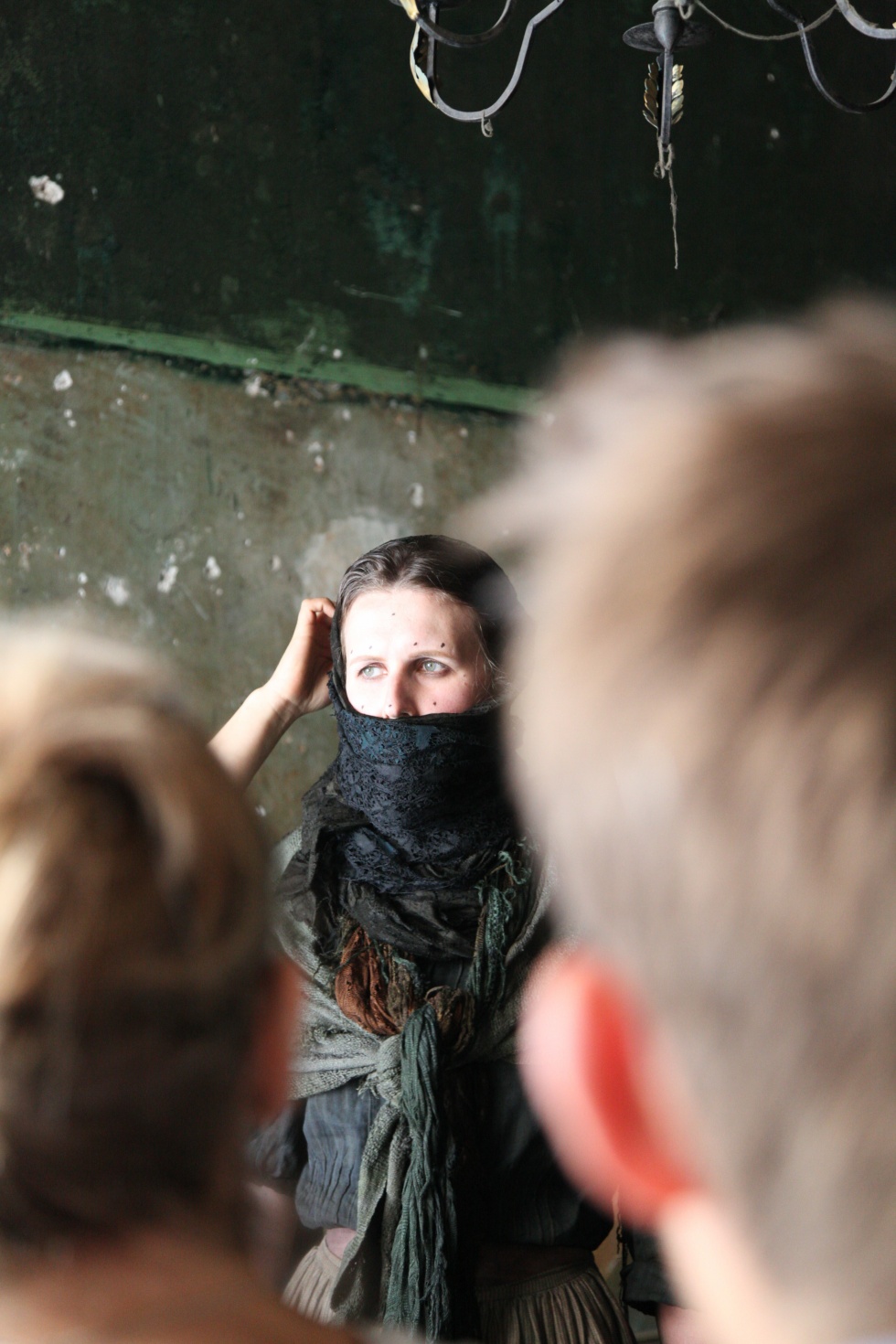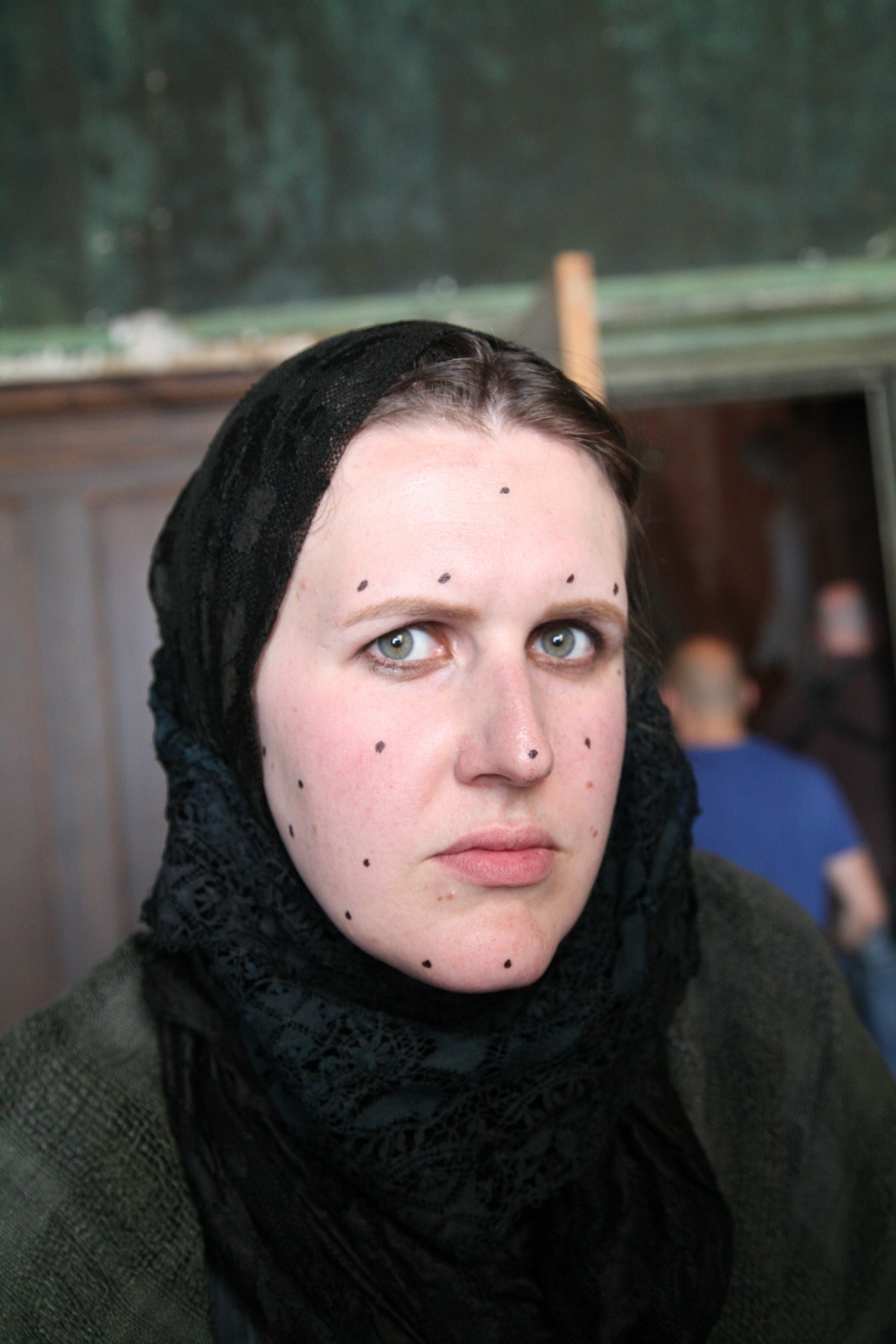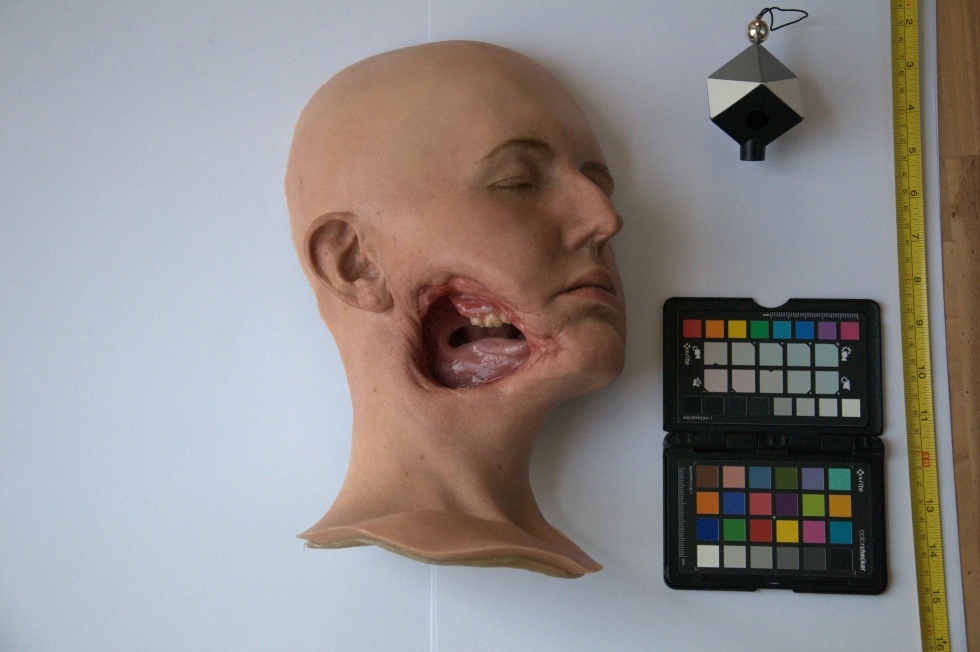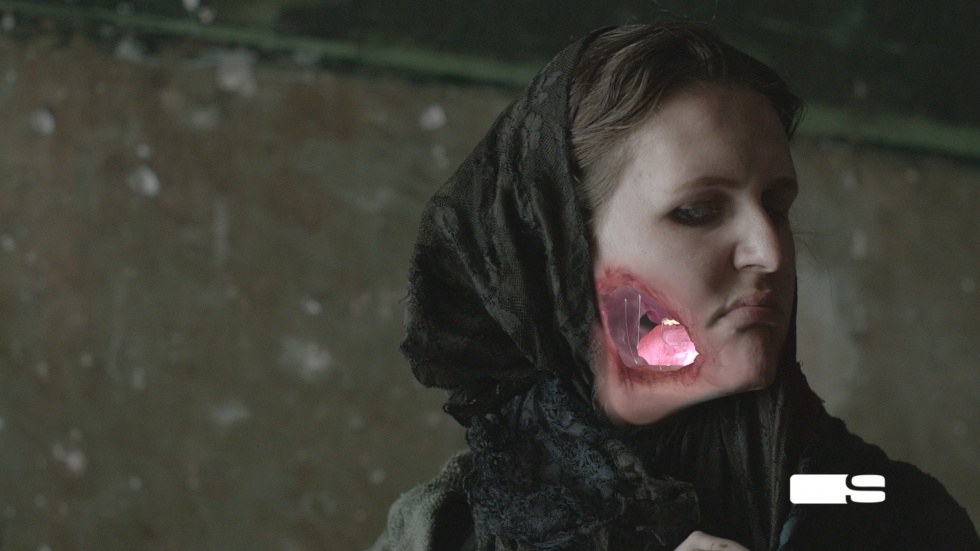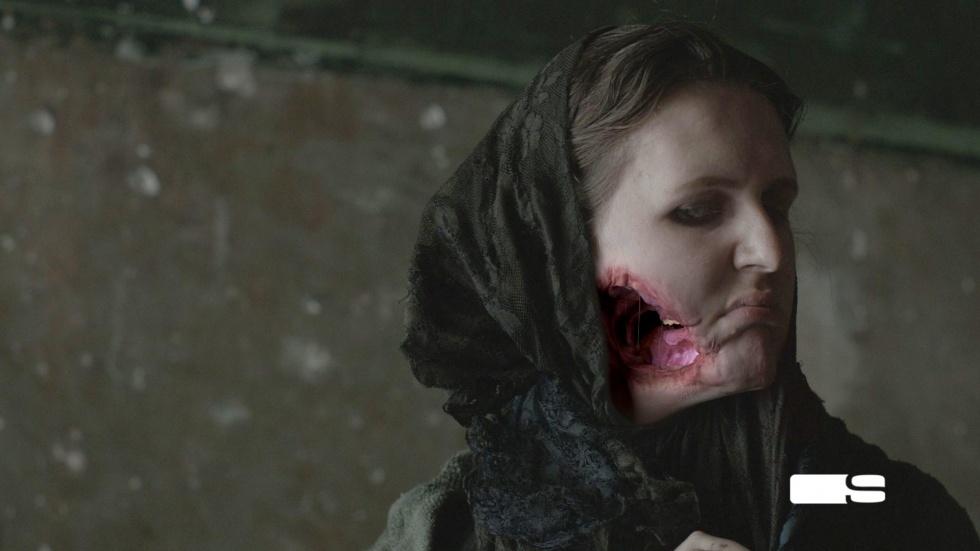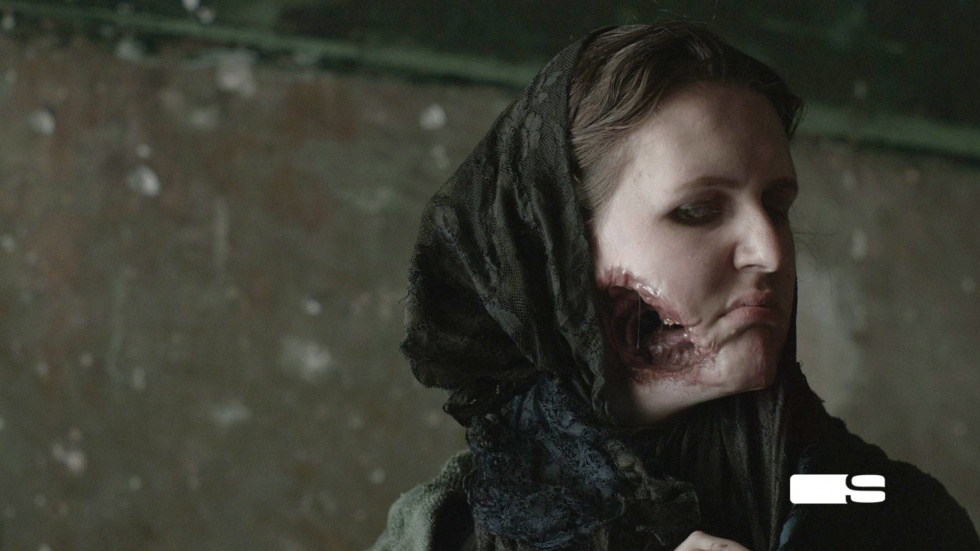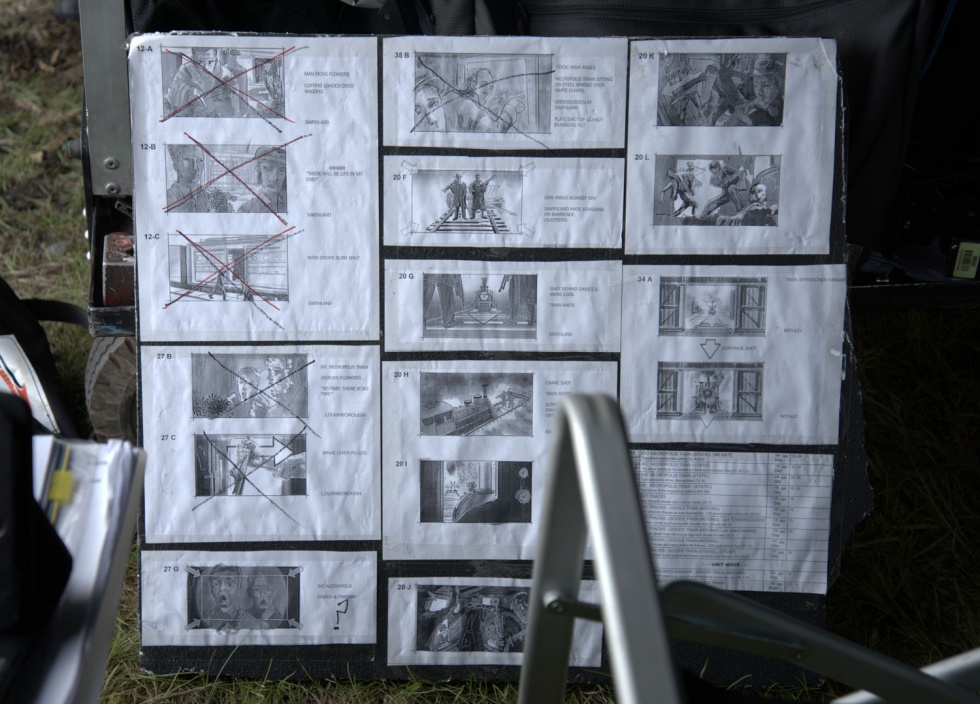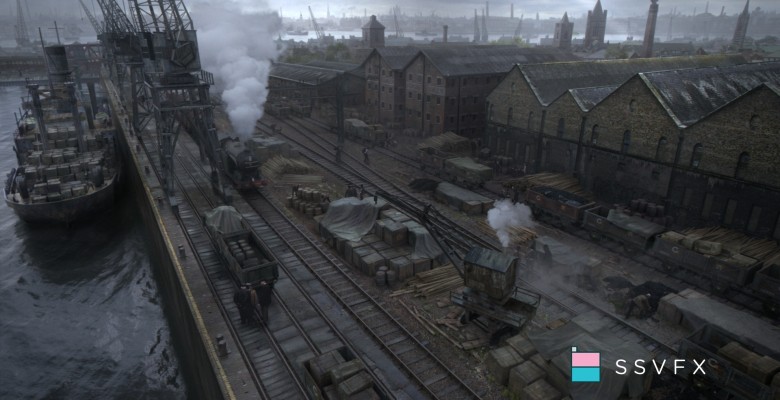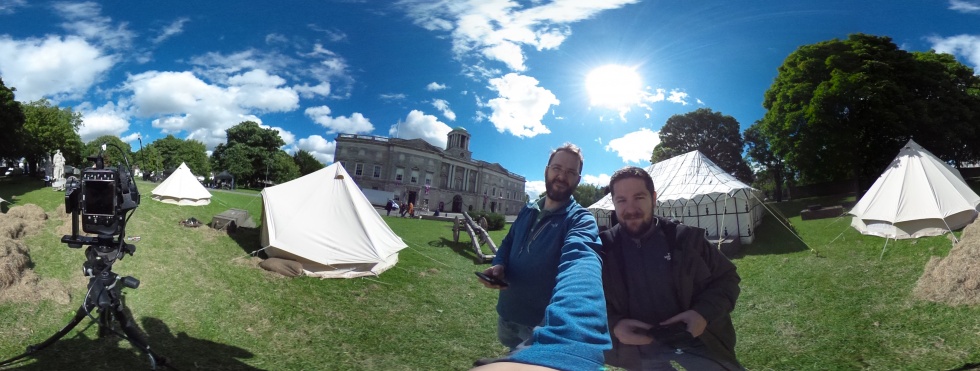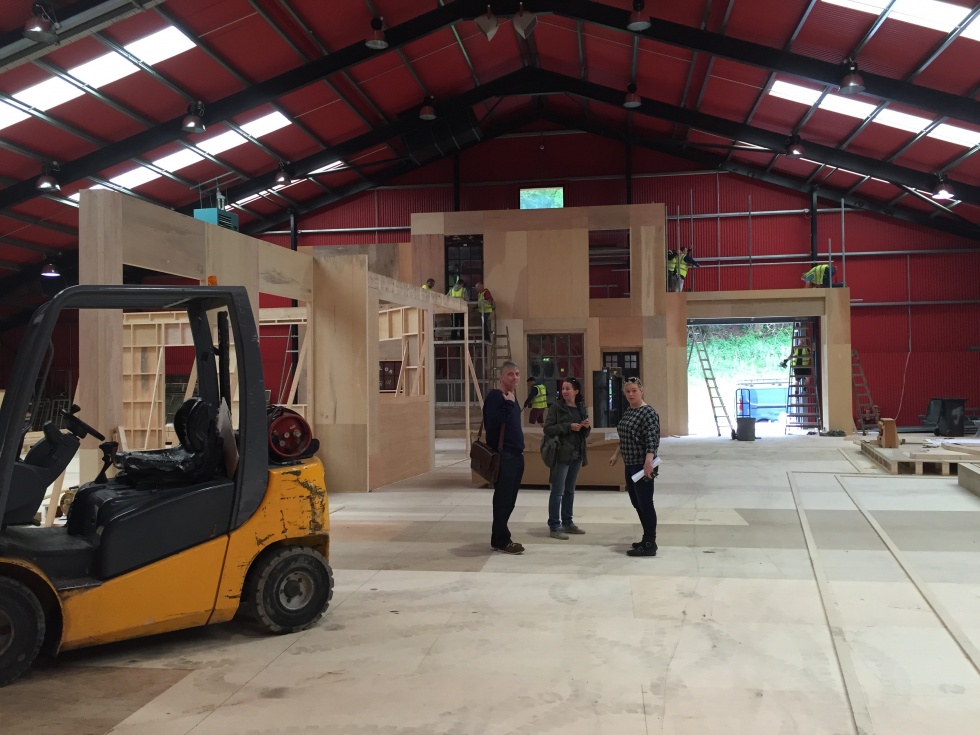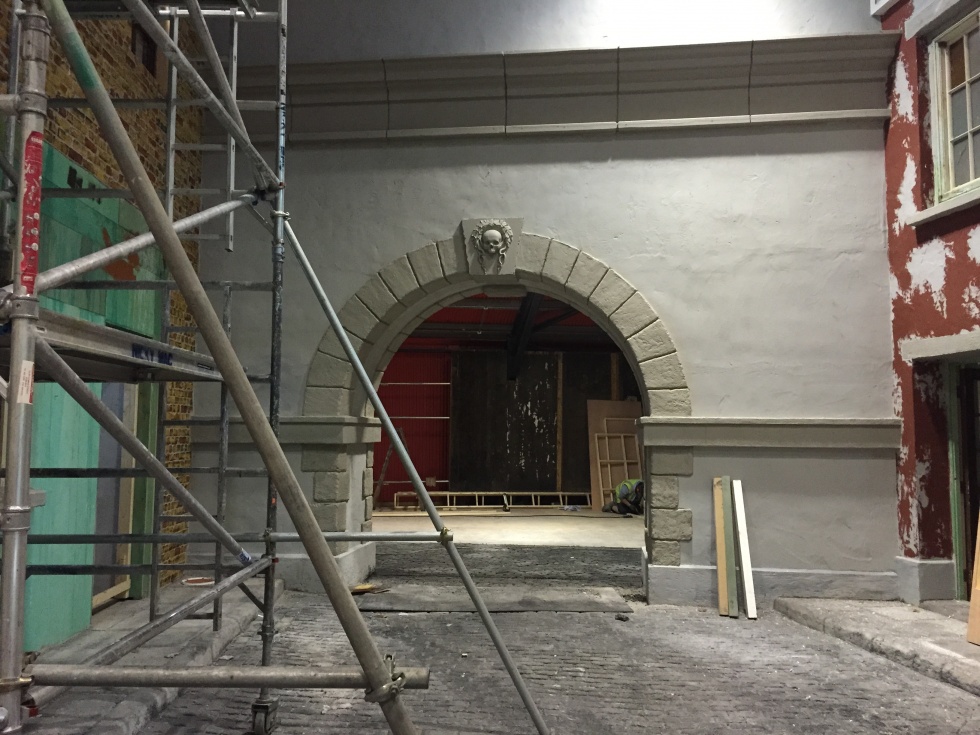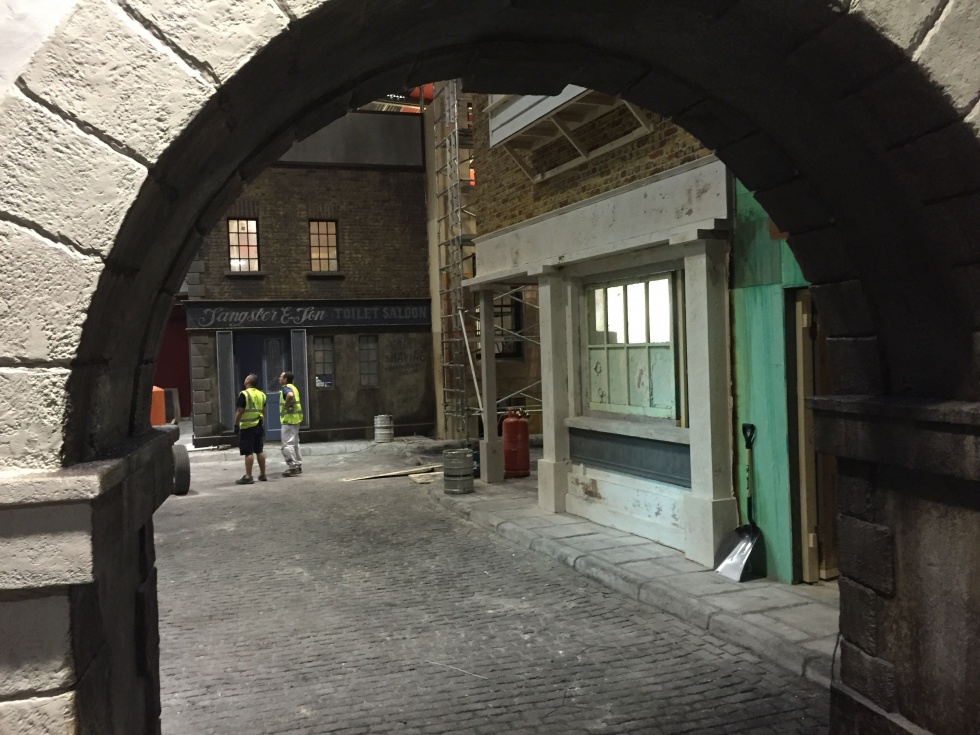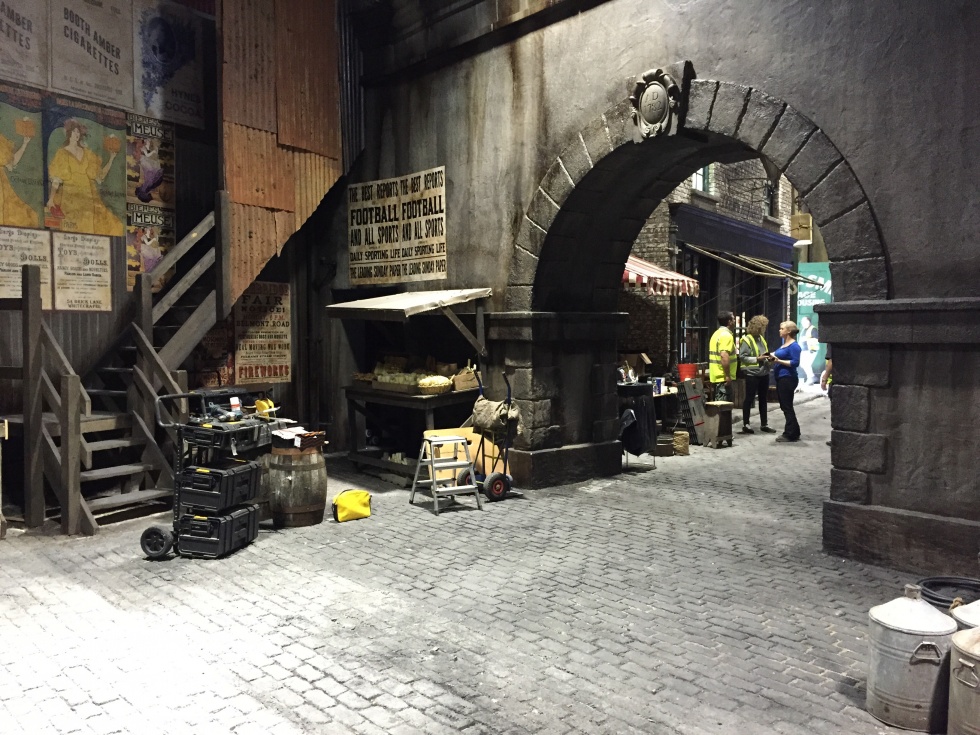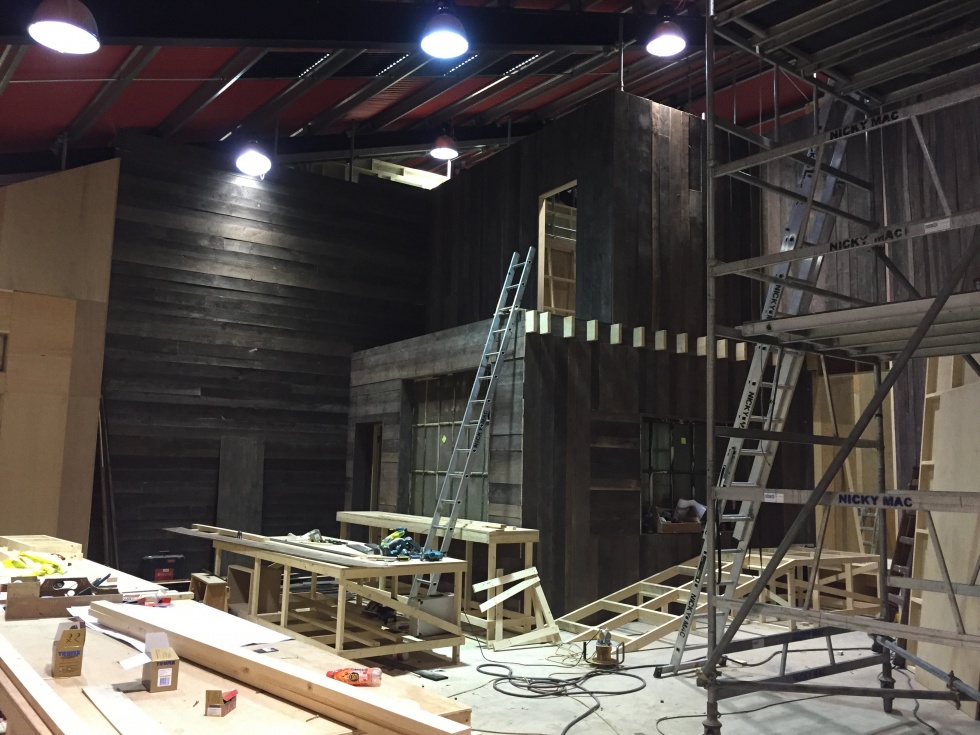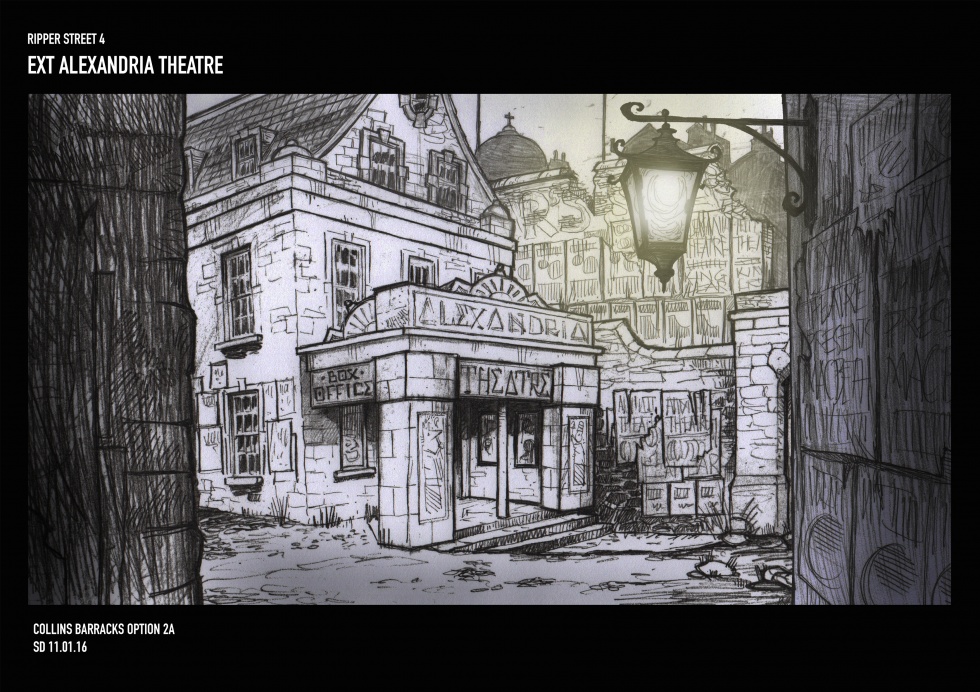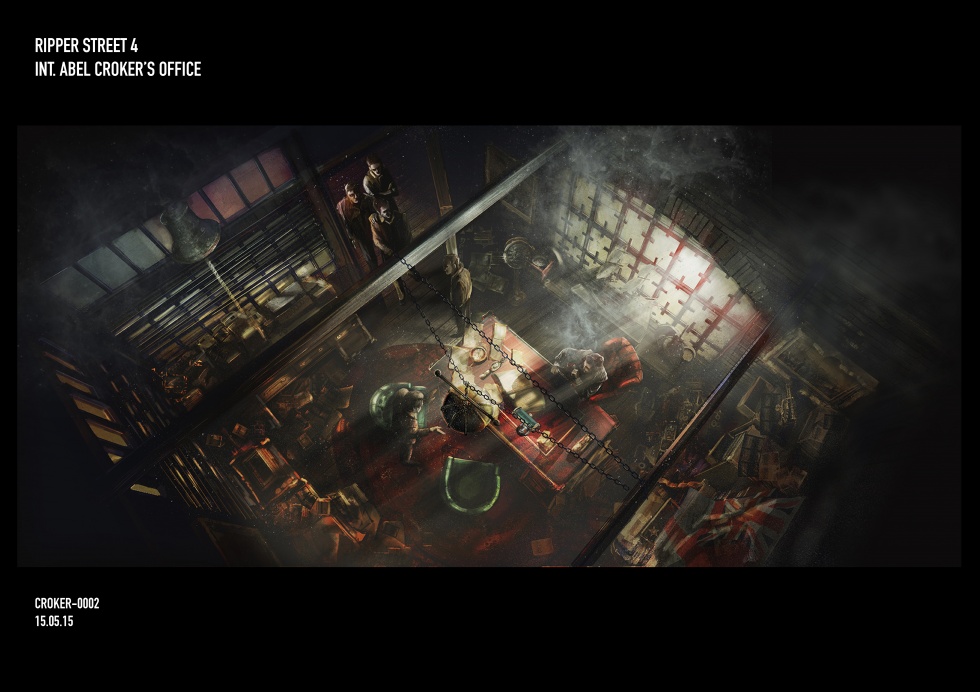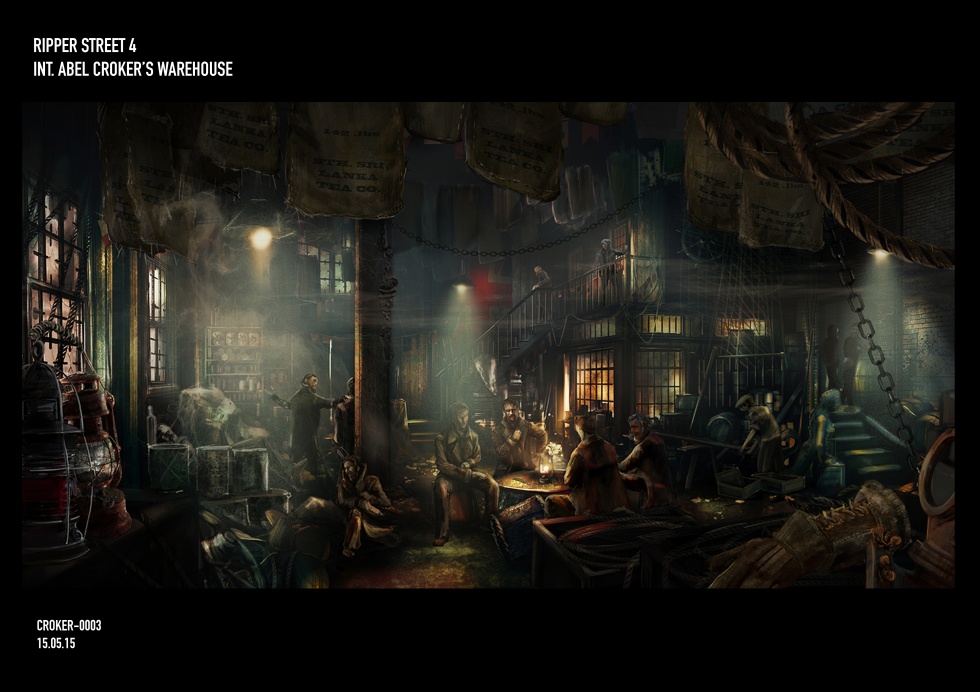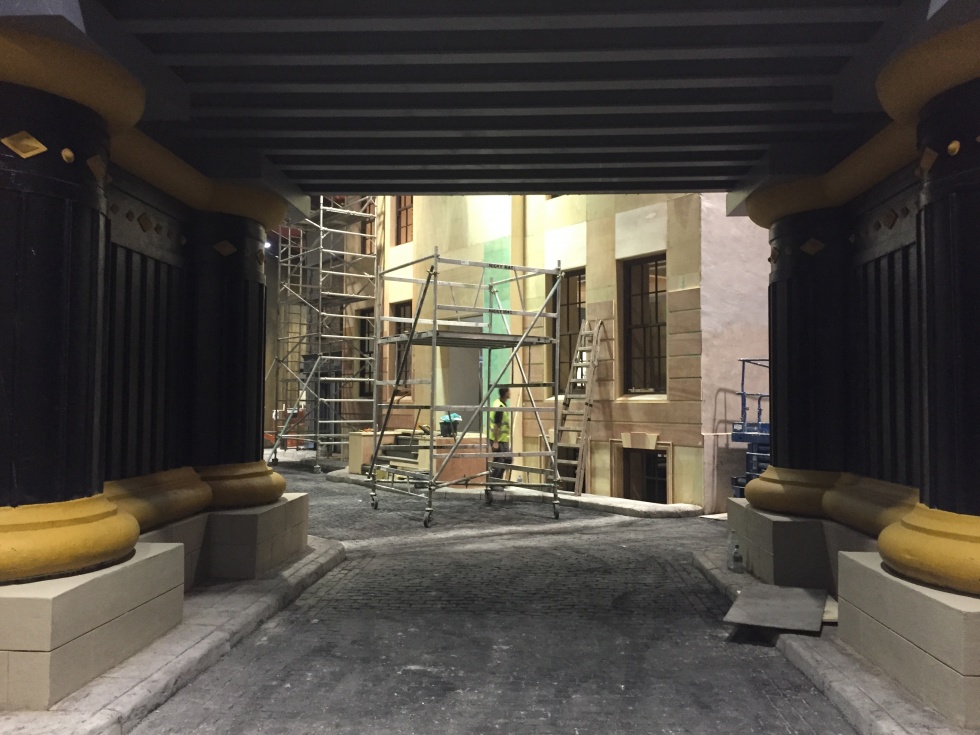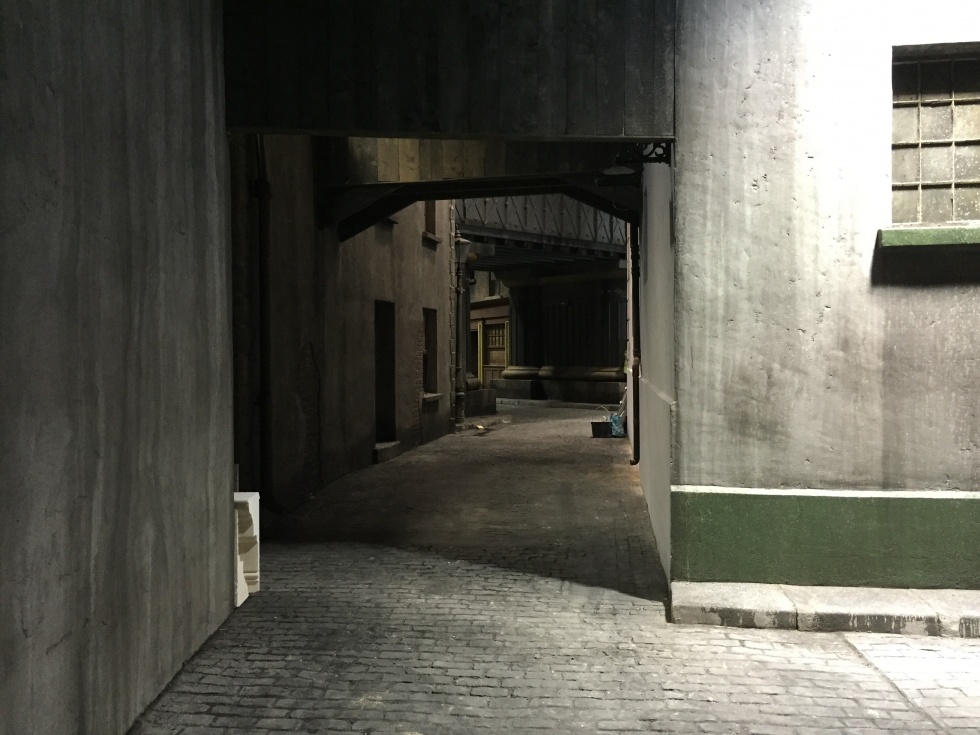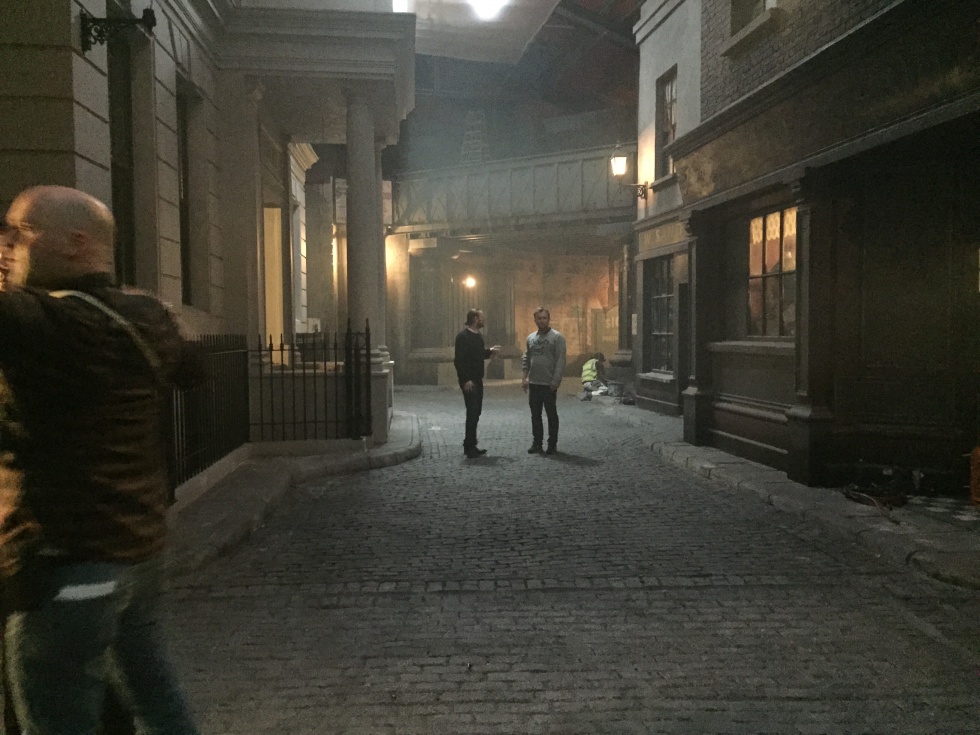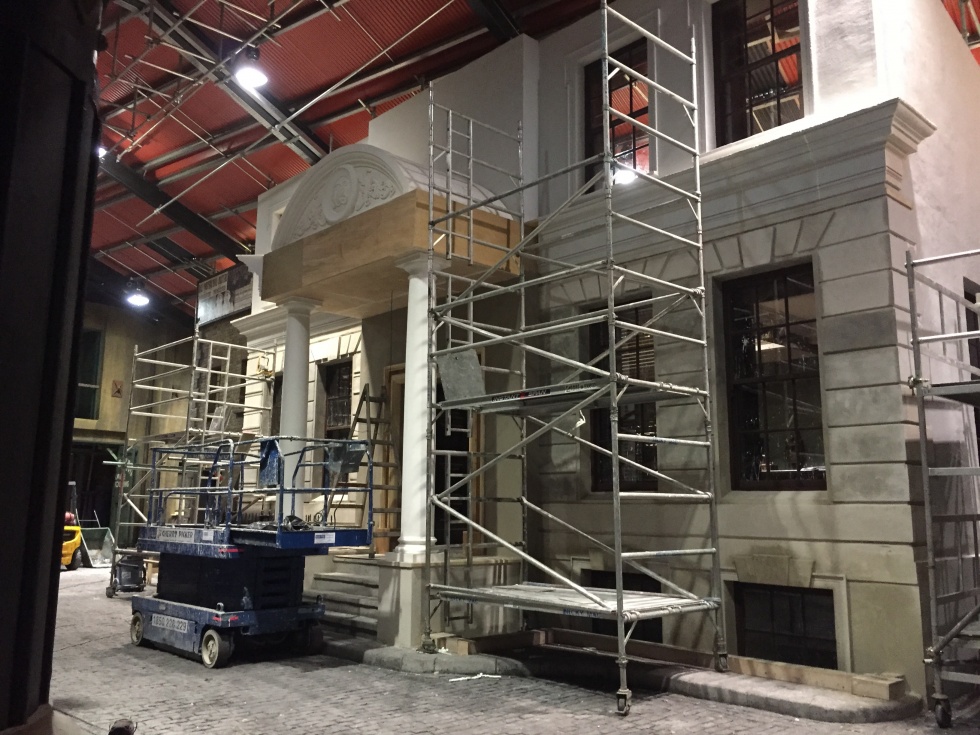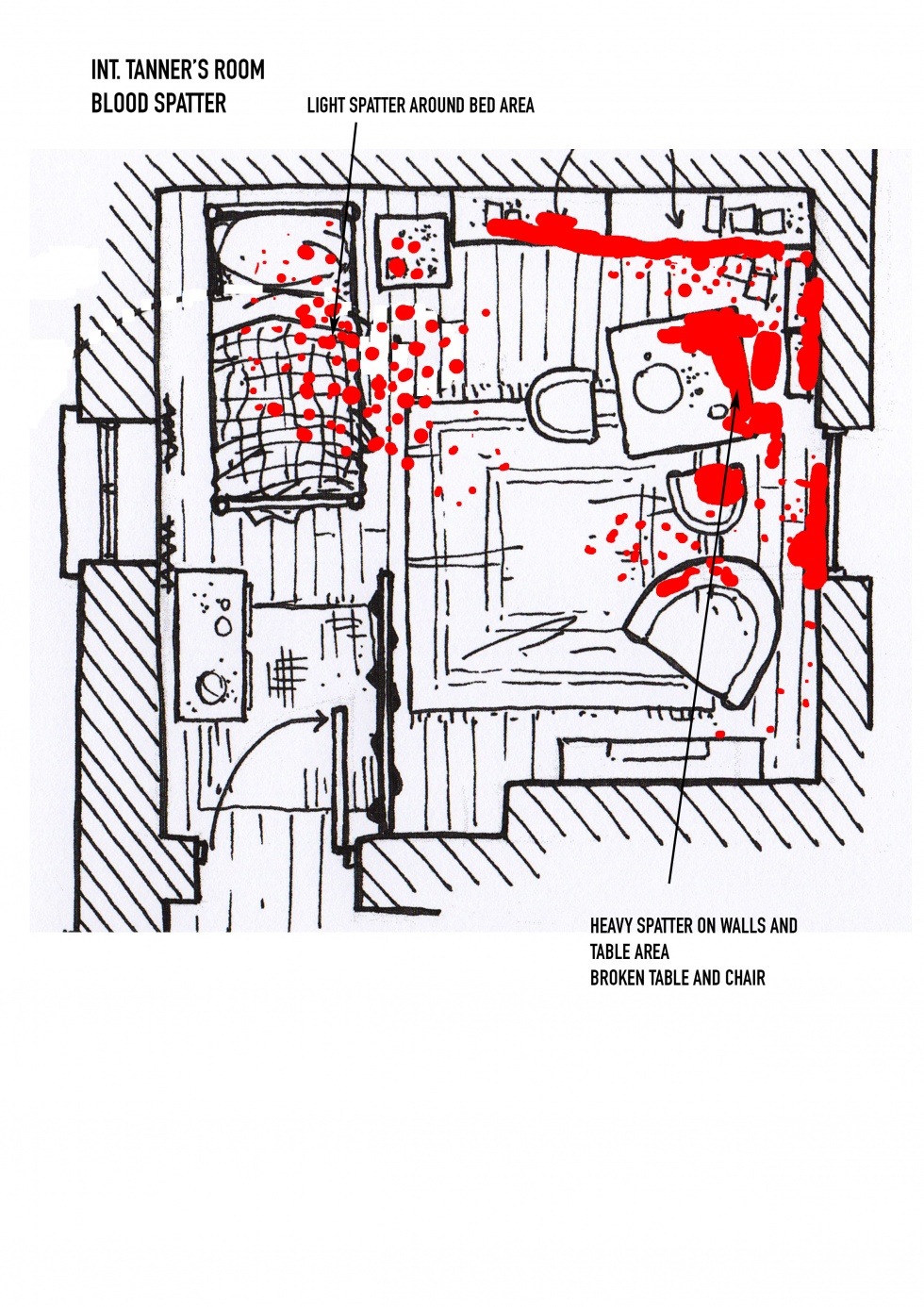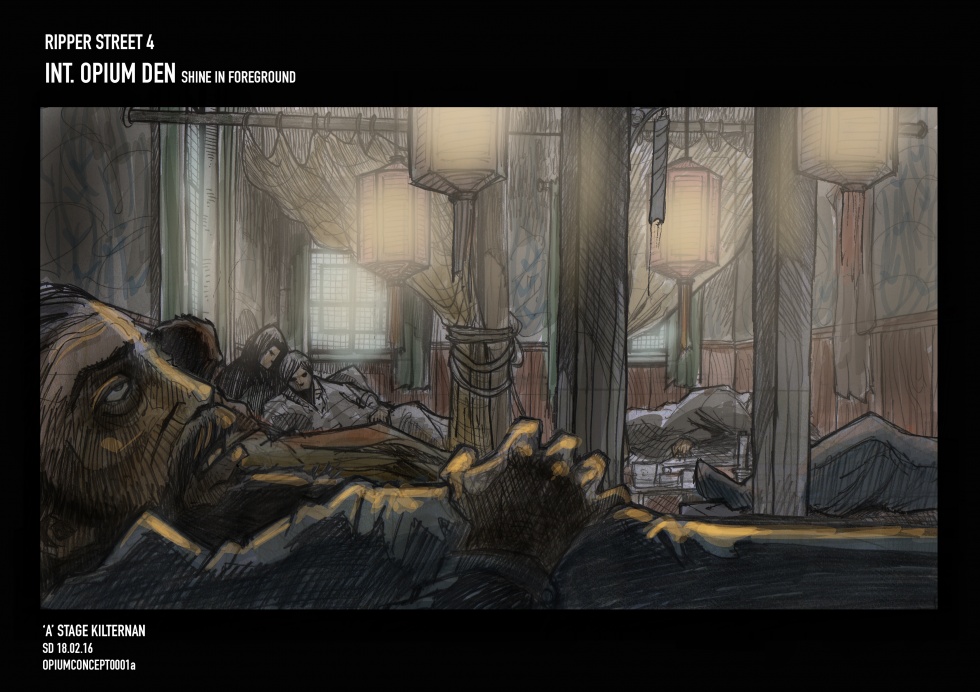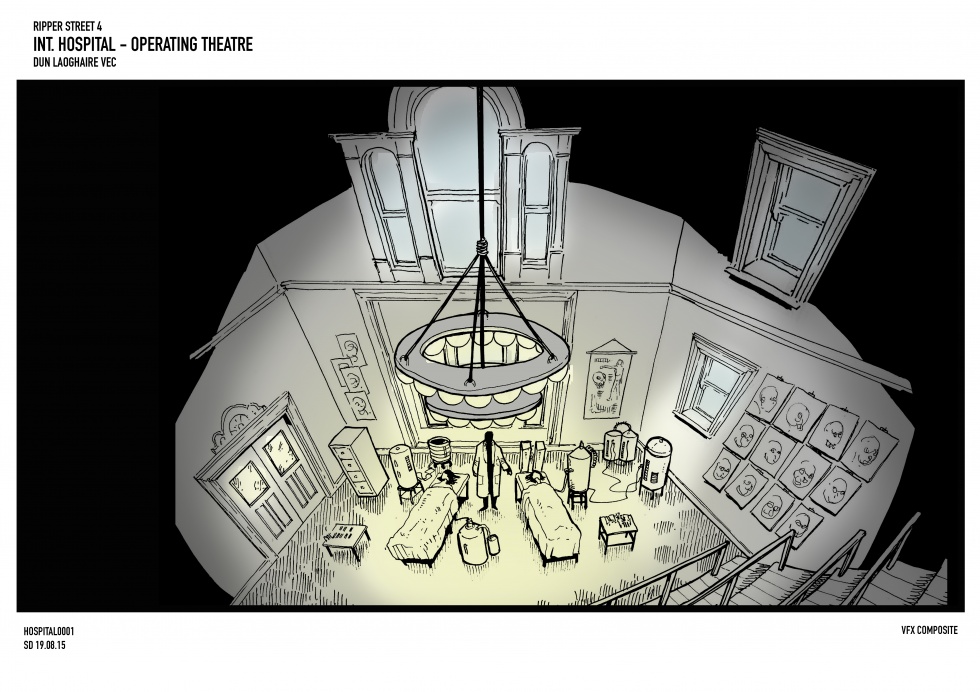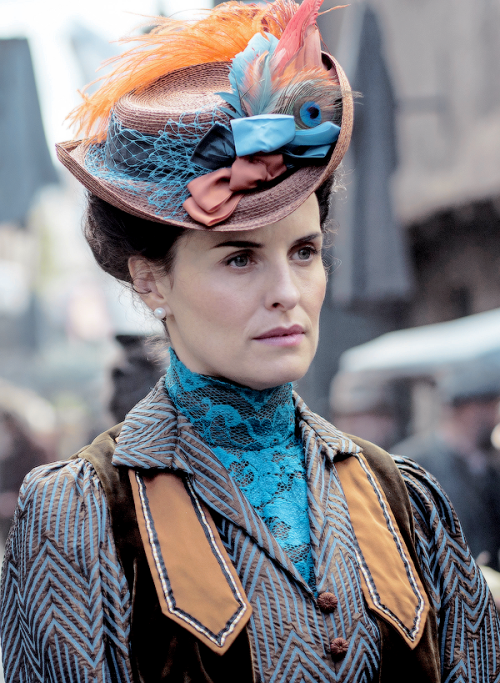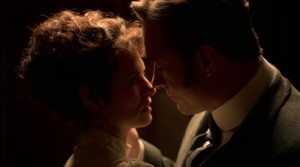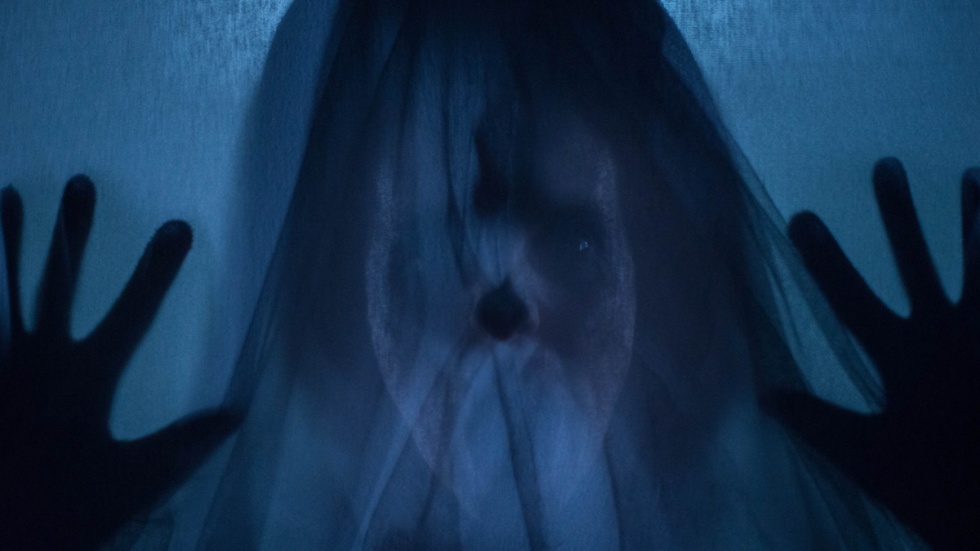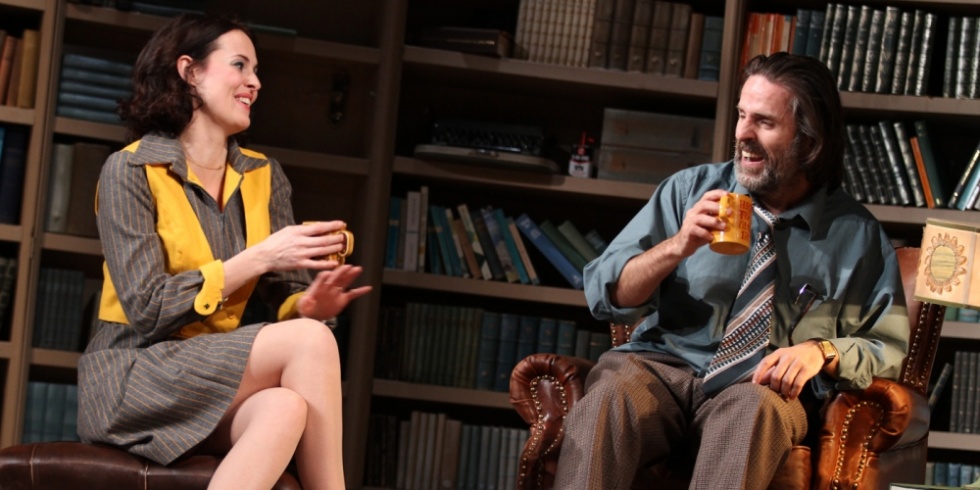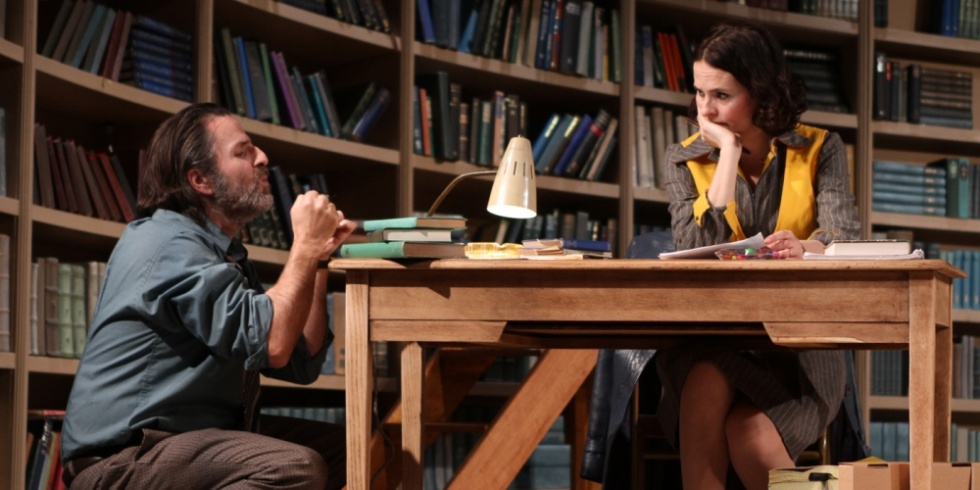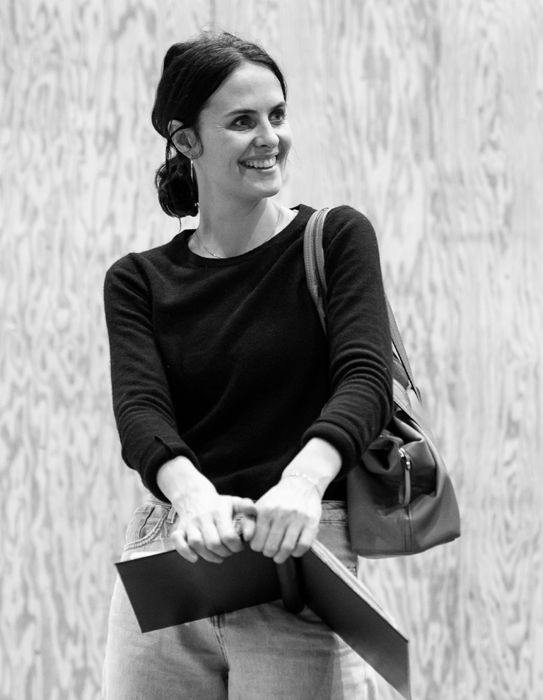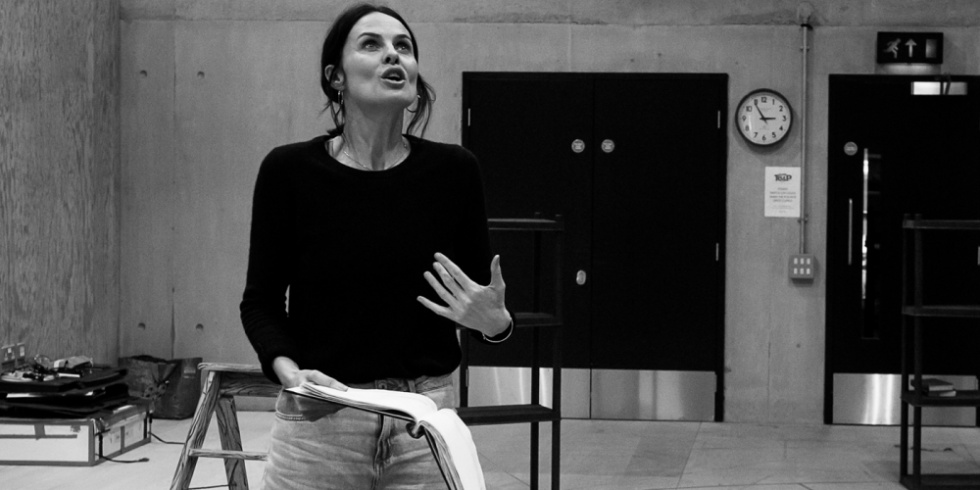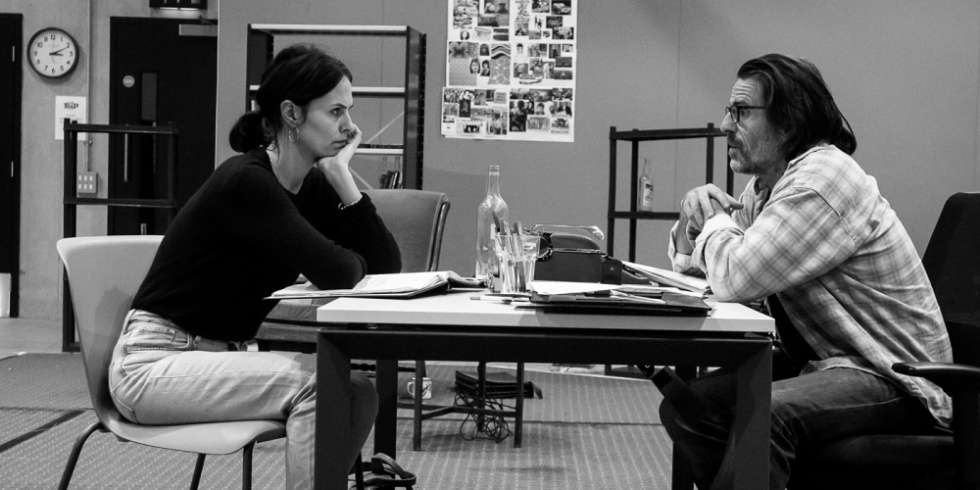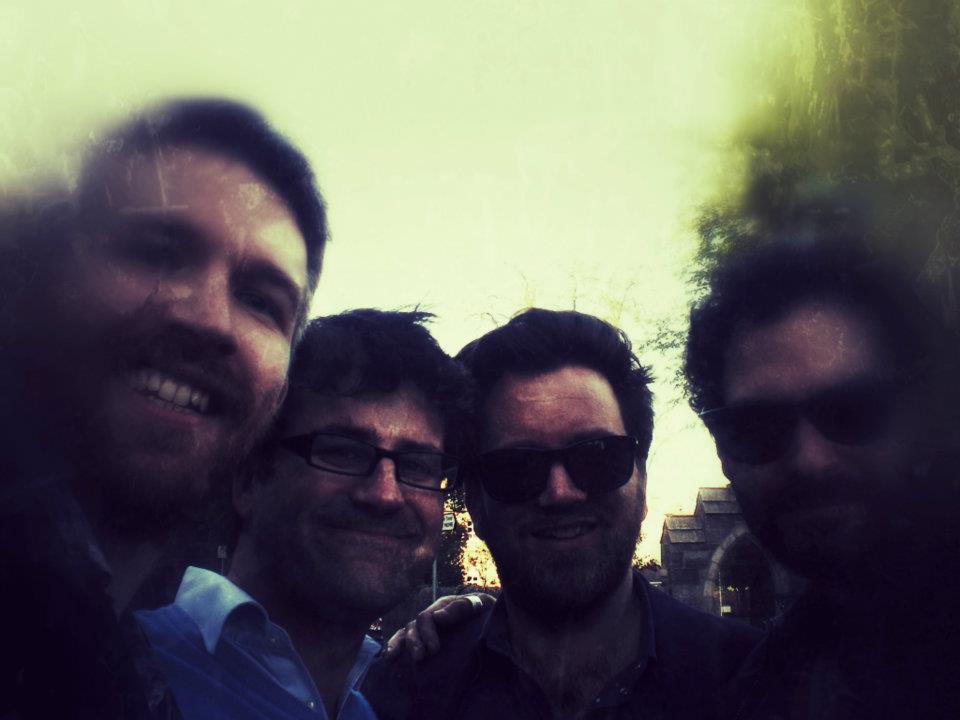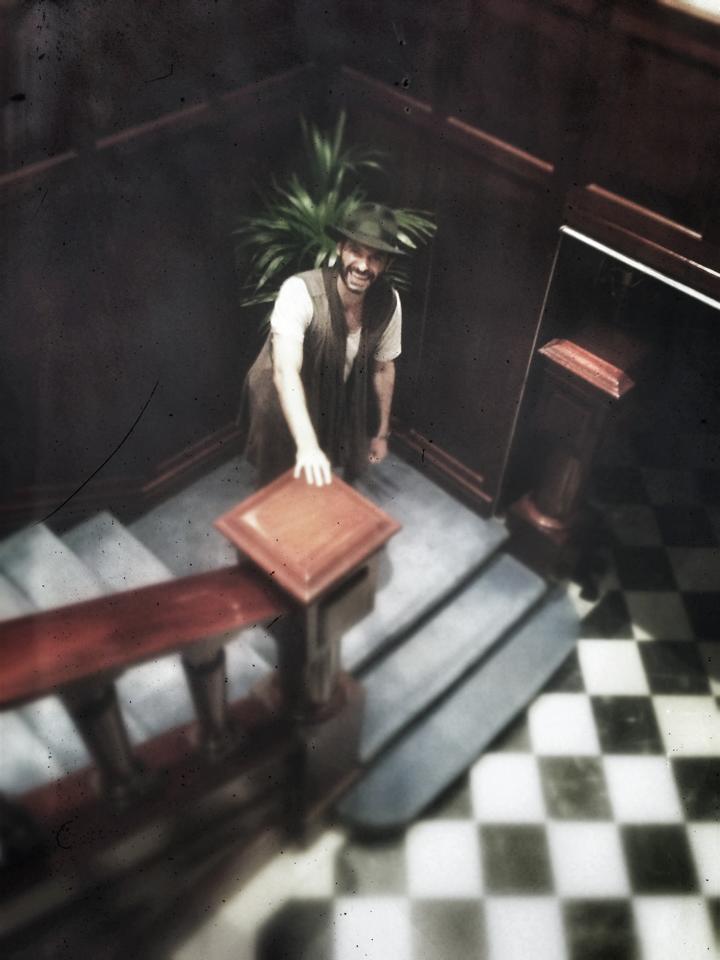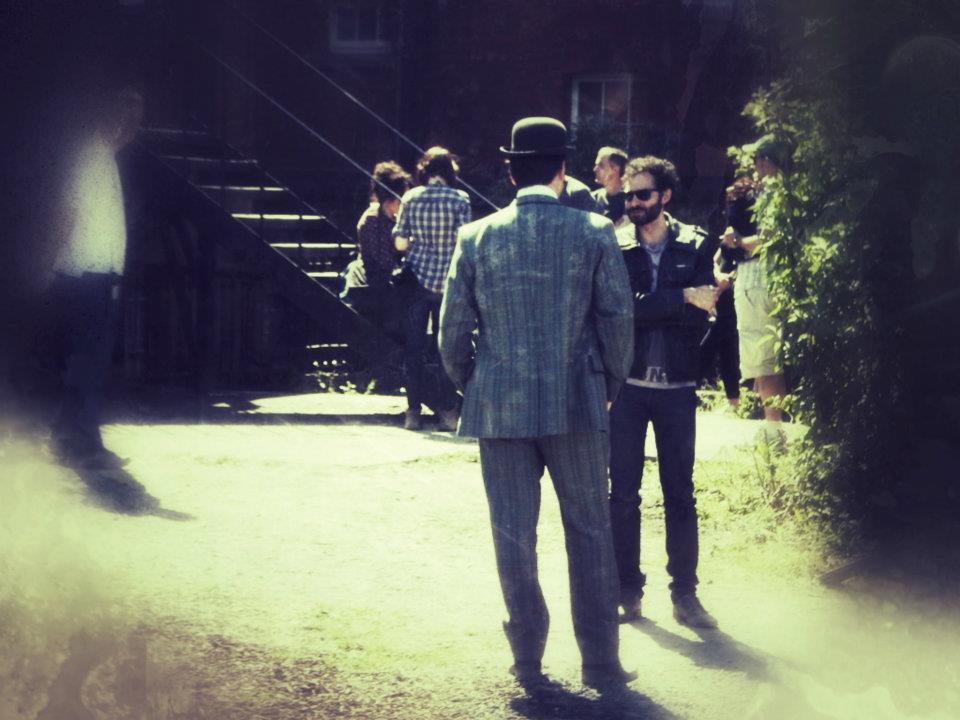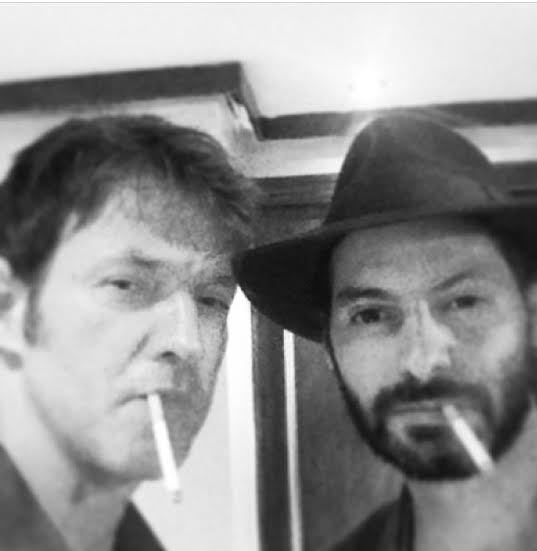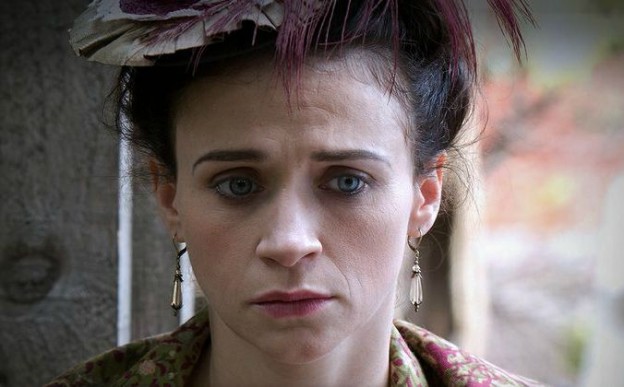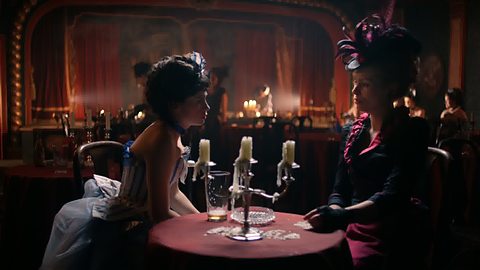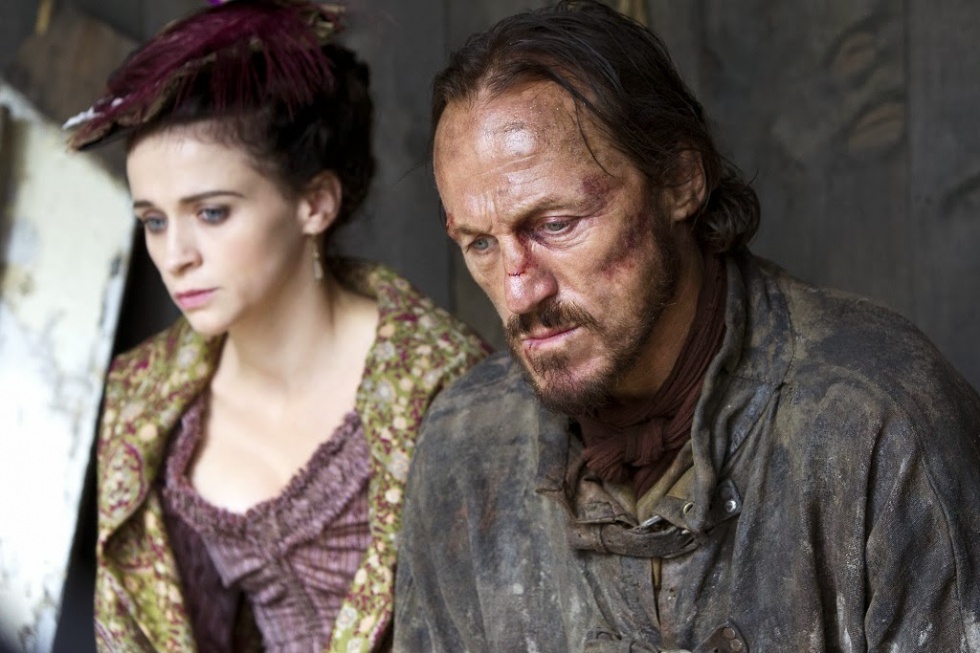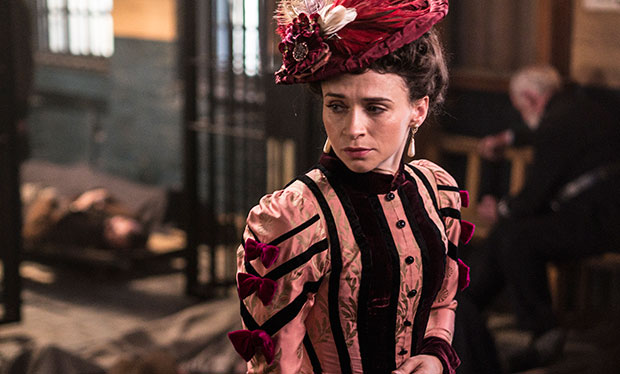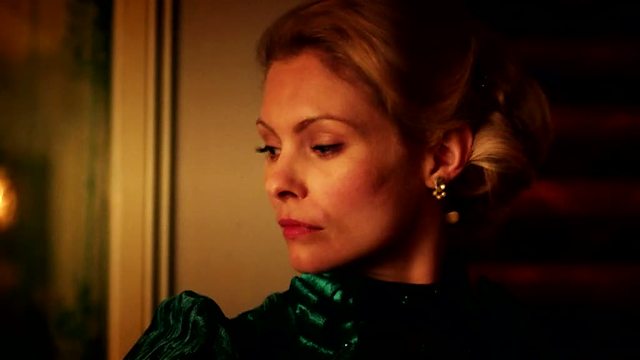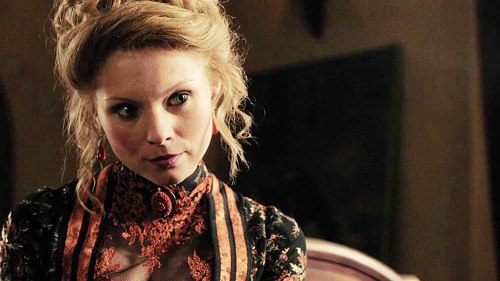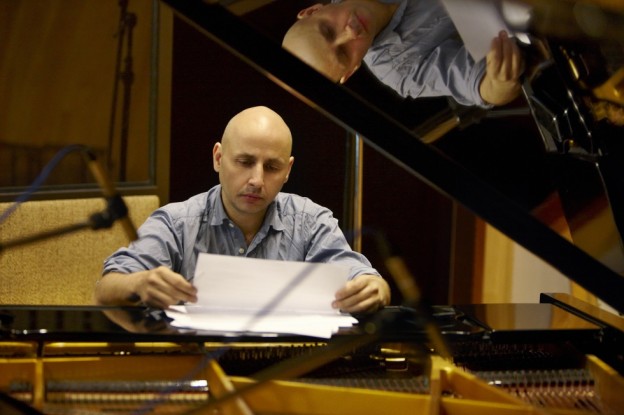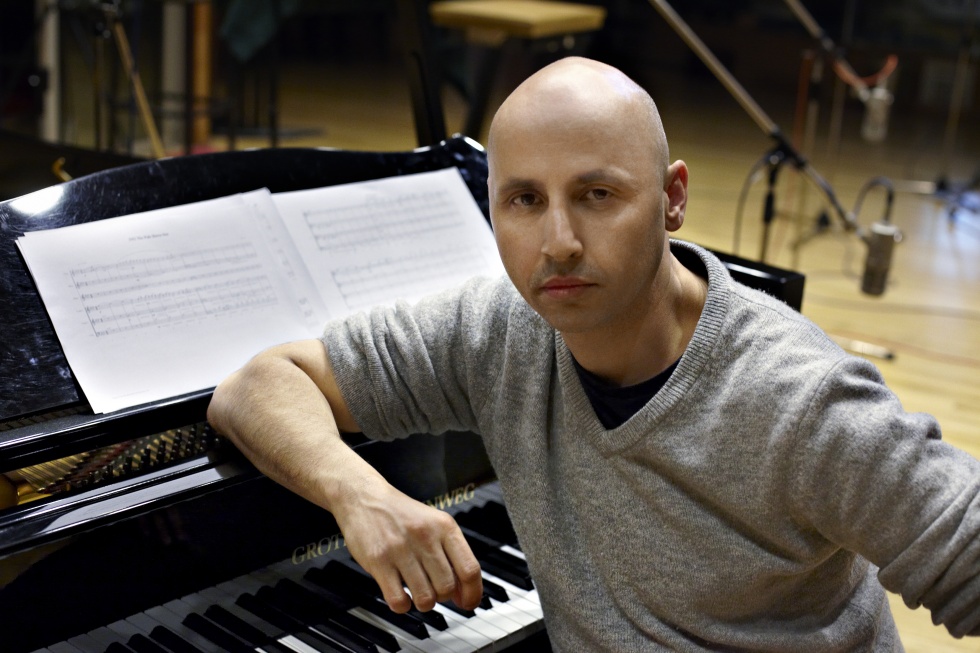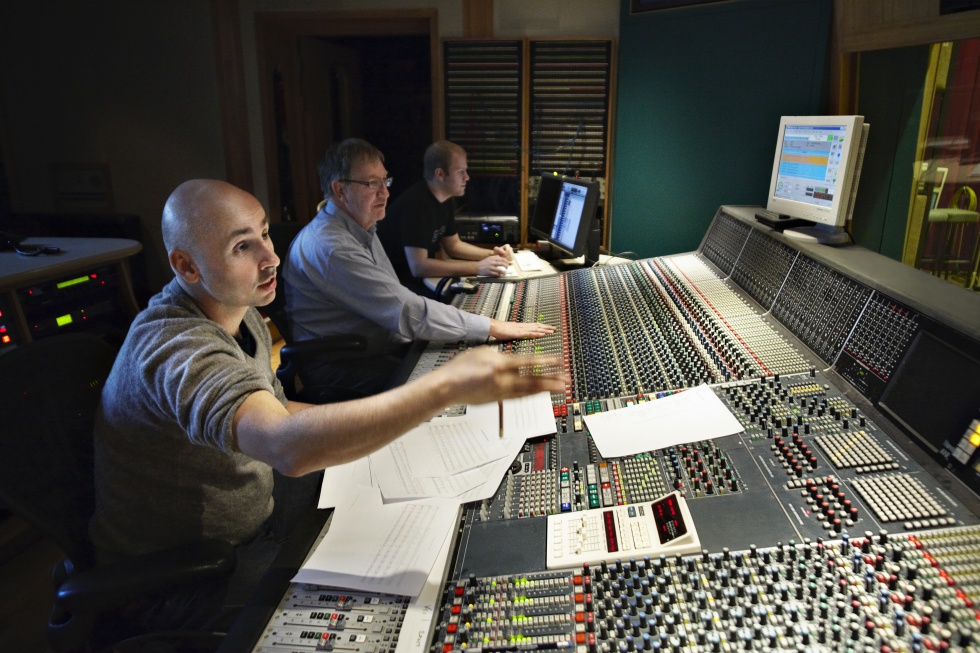He’s been called Captain Homer Jackson, Matthew Judge, Pinkerton, chartered mercenary with a badge, Yankee clap doctor, my American and, erm, Twinkle. To me, however, he’s simply the coolest guy in Whitechapel…
A NIGHT ON RED MOUNTAIN
An exclusive interview with
Adam Rothenberg
~~~
With special thanks to Toby Finlay
Interview copyright © Damian Michael Barcroft 2017
Images copyright and courtesy of Toby Finlay, Will Gould, Adam Rothenberg and Richard Warlow.
~
“This entire day can kiss my holiest of holies… First, I’m gonna drink this. Then I’m gonna throw up. And then, [reaching for another bottle] I’m gonna drink this. And then I’m gonna pass out. Now, you wanna make use of my brain, do it now.”
– Jackson in A Stronger Loving World
DAMIAN: Better do it now. You grew the moustache and sideburns but can you describe the moment you first saw yourself in costume as Captain Homer Jackson?
ADAM: Yeah. They had everything already made when I got there – from the checkered trousers to the green leather jacket. Usually there is some discussion between wardrobe and actor but when I arrived they just handed me what they had made – and I stress “made”- unbelievable talent in that wardrobe department. So I just put it all on and it all fit like a glove- beautiful clothes, but I looked a bit like… shall I say… a d*ck. Something was missing – it was a bit too slick, and then I found the hat, it was on the bottom of big old cardboard box of hats – crushed and forlorn. And when I put it on it all tied together for me. I guess the hat put me at ease a bit – it gave the character a sense of humor and it let me off the hook a little because the character is written as so cool – with that hat I felt allowed to be a little bit of a putz. Steven Smallwood [producer] was there at that moment and he said “It looks like a much loved favourite hat”.
 DAMAN: Presumably you first heard about Ripper Street through your agent. What was your initial reaction to the project before reading the script?
DAMAN: Presumably you first heard about Ripper Street through your agent. What was your initial reaction to the project before reading the script?
ADAM: Oh no I hadn’t heard anything about it. I had just read the audition sides, it was just another audition during pilot season for me. One that I tried to get out of going in on because it was too early in the morning and I was hungover.
DAMIAN: And after you’d read Richard Warlow’s script, at what point in the story were you sold on playing Jackson?
ADAM: Well as I said – I didn’t read the script until I had gotten the role. So I was never “sold” on it. I desperately needed a job so I wasn’t being picky. And I had no idea that this was going to be any good. I was afflicted with the “Never be part of a club that would have me as a member” syndrome. There were a few other shows floating around at the time that were similar- like Copper and I think a few other things – so I assumed that it was just an uninspired copycat or something. I hadn’t a clue what “BBC” meant. I mean I know what it stands for but didn’t know that it also meant “Shows of a certain standard”. I thought it was going to be a Victorian Xena warrior princess kinda production vibe. And I thought – well at least the end of my middling career will have a comedic twist.
As you can tell I wasn’t in the best of places back then.
But let me hasten to add – so this isn’t the most depressing yawn of an answer ever – that I was quickly proved wrong and I came to realize very quickly once I got to Dublin that the scripts were works of brilliance and my castmates were and continue to be among the greatest and kindest talents I’ve ever had the good fortune to work with.
DAMIAN: Since the show was originally a co-production between the BBC and BBC America, was there ever a sense that the inclusion of an American in one of the three main male roles was tokenistic and designed to attract audiences across the pond?
ADAM: Not really. If the role had been designed to attract Americans to the show I think they would have cast a famous American to do it (Maybe they tried that and couldn’t find one – I’m not sure!). I think the idea behind having an American in one of the main roles was to have an outside eye on the whole Victorian thing, and it was great in terms of some of the comedy. Having a classless yank parading around a country that is defined by class I think was good value.
DAMIAN: And those American audiences seem to have embraced iconic British shows such Downton Abbey, Doctor Who and Sherlock. What has been their reaction to Ripper Street over the years?
ADAM: Honestly… I have no idea.
DAMIAN: Do you get stopped by fans of the show in either the States or here in the UK?
ADAM: Never. That’s why I have no idea.
DAMIAN: No one in the street has ever quoted that immortal line, “Come get your cream, Peaches”?
ADAM: Again – no. It’s a funny thing to be in a much loved show in a country you don’t live – I’m told of the effect it has had but I don’t ever see it. It’s a bit of a bummer. And I think I look very very different without the sideburns and mustache so when I am in London not working I’m unrecognizable from the show. At least that’s what I tell myself.
Actually that’s not completely true. I did a play end of last year in London and fans of Ripper would show up and say nice things and ask for pictures and autographs so that was nice.
DAMIAN: In comparison to both Matthew Macfadyen and Jerome Flynn, weren’t you cast rather late in pre-production?
ADAM: Yes I think so.
DAMIAN: Was this because they had someone else in mind or was it simply proving difficult to find the right actor?
ADAM: I think they did have someone else cast, I’m not exactly sure. I didn’t ask because it’s the kinda thing that I may not have wanted the answer to.
DAMIAN: I appreciate that this was some time ago now but what was the piece or scene that you were given to audition with?
ADAM: I remember it well. It was the scene where Jackson is brought into the cell to examine the body of… I don’t remember the characters name [Maude Thwaites]. The first victim of Ripper Street ever. I’m brought in after being roused by Reid from the sultry embrace of Ms Rose Erskine. It’s me, Reid, Drake and Abberline, and I had to make a sarcastic retort to Reid about a meat pie. And then I had to say to Drake as he disrobes the corpse “Gently – what are those hands or meat-hooks?”
Lot of meat references. I remember apologizing in advance to the casting director. I really didn’t know what to do with it but I guess I did something right.
DAMIAN: I think the first time we see Jackson in episode one is actually in the scene with Rose where the two of you are engaging in, erm, amorous congress. However, can you remember the very first scene that you actually shot as Jackson?
ADAM: Yeah, I had one line in the telegraph room with Reid and Drake and Hobbs – I say something like “And that is the human element of progress” or something like that. Classic actor behaviour – I’m a nervous wreck and the whole night before and during the day leading up to it I’m going ‘And THAT is the human element of progress”, “and that is the HUMAN element of progress”, “And that is the HUMAN… element… of PROGRESS” on and on.
Having only one line to do in a day is a good way to go insane.
DAMIAN: And can you describe the moment you realized that there was this great chemistry between you, Matthew and Jerome?
ADAM: Yeah, it came late though. I think I can speak for the other boys when I say that we were all a little freaked out. None of us knew each other and a lot of the sets still weren’t built and we were starting to shoot the next day. There was a sense of “what the hell have we gotten into?” I mean we were all civil but had no sense of real enjoyment yet.
For me it came I think in Ep 2 – no it would have been later – maybe ep 3 or 4 during a scene where Reid pins Jackson up against the dead room wall and threatens to beat him until the truth “Pours from you like water”.
Afterwards on the way back to the trailers Matt simply said to me “It’s really nice acting with you mate”.
It meant the world to me.
Me and Jerome took longer but by God we got there!
 DAMIAN: Given that most of the cast and crew were either British or Irish, was there a sense that, like your character, you felt something of an outsider?
DAMIAN: Given that most of the cast and crew were either British or Irish, was there a sense that, like your character, you felt something of an outsider?
ADAM: Yes but not because of how I was treated. I was the only one of the main cast living full time in Dublin – all the others were flying back and forth to London so I was alone 90% of the time. Long weekends shuffling down the streets of Dublin wondering what the hell was happening. There was a personal matter going on in my life and it was very hard living alone in a foreign city. But when I was around cast and crew it was nothing but kindness and goodness and cooperation.
 DAMIAN: In my interviews with MyAnna Buring over the years, I’ve always enjoyed discussing the complicated relationship between Susan and Jackson. The two characters have been through so much together but do you think in hindsight that the two would have been better off if they had never met at all?
DAMIAN: In my interviews with MyAnna Buring over the years, I’ve always enjoyed discussing the complicated relationship between Susan and Jackson. The two characters have been through so much together but do you think in hindsight that the two would have been better off if they had never met at all?
ADAM: I think the world at large would have been better off if they hadn’t met.
DAMIAN: I’d like to quote the following from my last interview with MyAnna in which she takes me to task for defending your character and my asking her why Susan can’t forgive Jackson…
MyAnna: Come ON! The love of her life, her husband – the only man she has ever truly loved – has due to his idiocy, gambling, and inability to take clear action (that doesn’t involve running away), forced her to essentially sell her body to the filthiest, most corrupt and vile human being in all of Whitechapel [Silas Duggan from series 2]. I’m sure if you had that dirty corruption hammering away over you and into your body, taking physical and financial ownership of you, stripping you of your precious independence, turning the only small place of safety you had in the world to ruin, you would feel pretty resentful of the person who you feel helped make it happen… or perhaps you are more forgiving than Susan? Or perhaps Jackson’s sweet charms would mean you wouldn’t mind taking one for the team for him?
DAMIAN: It’s funny, would you agree that MyAnna actually sounds a lot like Susan from that quote in her choice of words and phrasing?
ADAM: MyAnna and Susan share a lot of similarities – passion and brilliance being foremost.
DAMIAN: Anyway, all I was actually trying to say in my question to MyAnna was that it seemed to me that almost all of Jackson’s actions, however misguided, always came from a good place and were made because of his love for Susan. What’s your take on all of this?
ADAM: All I can say is I agree with you.
DAMIAN: MyAnna did relent slightly however and added that “there is and always will be an inexplicable bond between these two characters – that unquantifiable and mysterious connection, gravitational pull some people just have between them… so the question lingers will that ultimately pull them together despite the deep hurt between them? Or have the actions of the past cut scars too deep and wide to overcome?” Are you happy with the way the last couple of series have resolved the issues and questions that MyAnna raised?
ADAM: Happy is a stretch. Lets say I’m “Dramatically satisfied” but “Personally heartbroken” by what’s become of them.
DAMIAN: And more generally, while obviously avoiding spoilers for the final episode, what did you think of the way in which Jackson’s character arc and the relationship between him and Susan reaches its epic conclusion?
ADAM: I think my last answer covers that. I wanted better for them but in terms of what we look for in drama and story I think it concludes in the only way that it could have.
DAMIAN: Did either you or MyAnna have any input or creative discussions concerning the destiny of your two characters with writers Richard Warlow and Toby Finlay?
ADAM: Short answer is yes – to a degree. It’s up to actors to fight for their characters – be advocates for them and it’s a good thing when the writers give them an ear but the writers have to keep their eye on the stories at large and sometimes have to (heartbreakingly) sacrifice some things in terms of character to get to the heart of the overall arc of the tale being told. It’s a weakness sometimes when actors lobby too hard for their characters, too empathetic – and I could be guilty of that. It’s called Ripper Street not Jackson Alley.
Though if anyone is listening – I think that’d be a great show…
DAMIAN: I thought it was sad to see Jackson become so emasculated and almost impotent at times, particularly during the second and third series. When we first met him he was more of a free spirit who was not caught up in any particular agenda and he seemed to resent the herd mentality that encourages dull mediocrity. Indeed, for me Jackson originally epitomized the values of Nietzsche’s 1886 work, Beyond Good and Evil, but later he’d become whipped, a nine-to-fiver who is subservient to Susan. Do you think that by the second series in which many of the secrets of Jackson and Susan’s past were revealed and then his later attempts at conformity as a decent husband, and indeed father by the fourth series, made Jackson a little less interesting to play?
ADAM: I could kiss you for that question. Thank you – I’m tempted to double back on the previous questions and get something like that in there.
The big worry for me is when you have a character drenched in mystery, how interesting is that character when all those questions are answered? I didn’t have a lot of faith that I could pull it off. And I’m not saying I did – but I personally felt like I got a lot more interested in playing it when I got to mess around with the inherent goofiness of the character.
In season one the only real thing I had to make the character personally palatable was that he was a man very aware of the effect he was trying to put over on people. He wasn’t so much a card-counting gun-slinging genius as he was a man playing a card-counting gun-slinging genius. I mean he was these things but it was by design if that makes sense. He was well aware of the iconic American myth and he dressed himself in it. I’m not a very cool guy so I needed a way to break down such a cool character so I could do it and not wanna beat myself to death with the rubber prop gun they gave me at the end of the day.
So in answer to your question and very astute observation – yes I was alarmed by the turn the character took but soon found real value and satisfaction in playing it. A lot of fun in playing a self-made man-around-town mystery cowboy trying to come to terms with domesticity.
And in doing so we see that at the core of him is real love for his wife – that at the end of the day he wants what most of us want even though he’d be loathe to admit it.
And then after all his bumbling through a few seasons he mans up and takes control. He says in effect, “Susan we’ve done it your way for years – now we’re gonna do it mine”… “…Guns and horses” (a gift of a line- among many many such gifts) And goddamn it, it works!
But then eventually Susan exerts control again…
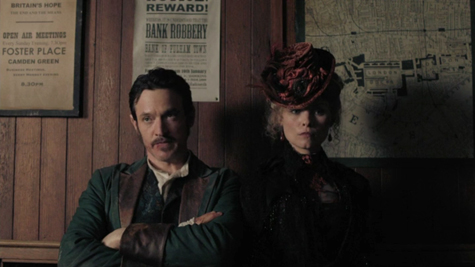 DAMIAN: In describing our behaviour systems, Nietzsche also said that it was absurd to apply one moral code to all people. I also love the idea that the strongest characters are noticeable by a certain cruelty to themselves – self destructiveness and that they are almost unrecognizable and completely misunderstood by the common dullard. To what extent would you agree that this applies to Jackson?
DAMIAN: In describing our behaviour systems, Nietzsche also said that it was absurd to apply one moral code to all people. I also love the idea that the strongest characters are noticeable by a certain cruelty to themselves – self destructiveness and that they are almost unrecognizable and completely misunderstood by the common dullard. To what extent would you agree that this applies to Jackson?
ADAM: Never heard that before – thank you for introducing me to it. Next time someone tells me to quit smoking or drinking or being an asshole I’m gonna quote that. “Seeing as you’re a common dullard I don’t expect you to understand me”.
In terms of how that applies to Jackson – I agree. Full stop.
 DAMIAN: In comparison to Reid and Drake, I always loved Jackson’s unpredictability. Indeed, I’m reminded of Orson Welles’ description of James Cagney in that watching him on screen was like waiting for a fire-cracker to go off. So, for me at least, I think the attraction of Jackson is the fact the character is so morally ambiguous and his motivations are often unclear. On the one hand, as you say, he’s a gun-slinging, card-counting, whoring cowboy: an enigmatic and mysterious drifter who could have easily wandered from the set of a Sergio Leone film. But on the other hand however, he’s a self-loathing manic depressive almost always experiencing some kind of existential crisis. If Larry David and Clint Eastwood had a child together, might he turn out a lot like Jackson?
DAMIAN: In comparison to Reid and Drake, I always loved Jackson’s unpredictability. Indeed, I’m reminded of Orson Welles’ description of James Cagney in that watching him on screen was like waiting for a fire-cracker to go off. So, for me at least, I think the attraction of Jackson is the fact the character is so morally ambiguous and his motivations are often unclear. On the one hand, as you say, he’s a gun-slinging, card-counting, whoring cowboy: an enigmatic and mysterious drifter who could have easily wandered from the set of a Sergio Leone film. But on the other hand however, he’s a self-loathing manic depressive almost always experiencing some kind of existential crisis. If Larry David and Clint Eastwood had a child together, might he turn out a lot like Jackson?
ADAM: I really wish you had said that to me right before I started filming season one!
 DAMIAN: And speaking of self-loathing manic depressives, Toby Finlay has written some of your finest dialogue for the show and has provided Jackson with some great one-liners. With the greatest respect to Richard, no one quite writes Jackson like Toby do they?
DAMIAN: And speaking of self-loathing manic depressives, Toby Finlay has written some of your finest dialogue for the show and has provided Jackson with some great one-liners. With the greatest respect to Richard, no one quite writes Jackson like Toby do they?
ADAM: Well I gotta be fair here. Richard and Toby are two very different beasts but what they share is utter brilliance.
Richard created the guy and Richard seems to really have a line on what it means to try and live up to a certain code one adopts even when the person and the code are as far away as the earth and Pluto. Like a battered knight holding true to the last remnants of chivalry. That is by no means a complete summary of what Richard does but just something that springs to mind right now…

“Richard Warlow in period costume wearing all of the three boys hats (we all three gave them to him as a gesture)”
Toby on the other hand seems to have a line on the exact opposite – to live in opposition to a code inflicted upon one… and the self doubt and shame that ensues… A liquor soaked poet comes to mind…
So that being said they both bring different perspectives to bear when writing the character and it’s enriching each time.
But Toby is Jackson… so it stands to bear that when he writes the character there’s a little something extra – a personal ring to it.
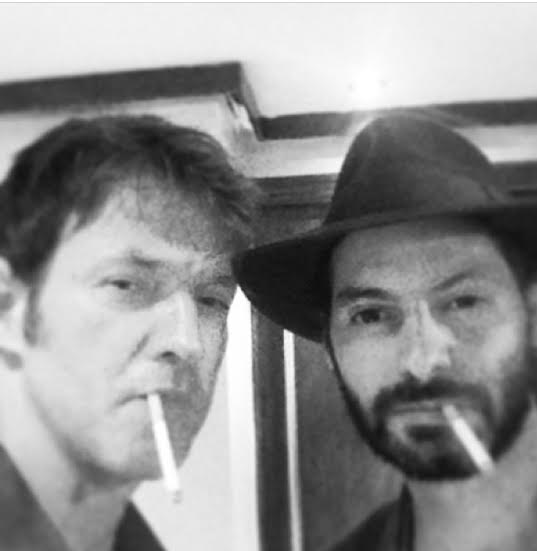 DAMIAN: I understand that you and Toby are good buddies. In one interview with him I said that from where I’m standing, you and Toby seem like two fellas with plenty in common. He replied that he related to Jackson’s world-weariness, that anger and disappointment at the world and his place in it. Furthermore, once when you and Toby were carousing in New York, his female companion observed that listening to the two of you was like having Jackson in stereo. Obviously Richard created your character but I’m wondering to what extent you and Toby have also contributed to his gene pool?
DAMIAN: I understand that you and Toby are good buddies. In one interview with him I said that from where I’m standing, you and Toby seem like two fellas with plenty in common. He replied that he related to Jackson’s world-weariness, that anger and disappointment at the world and his place in it. Furthermore, once when you and Toby were carousing in New York, his female companion observed that listening to the two of you was like having Jackson in stereo. Obviously Richard created your character but I’m wondering to what extent you and Toby have also contributed to his gene pool?
ADAM: Well Jackson got my looks (sorry Homer)… and Toby’s brains.
DAMIAN: And in another interview, when I asked Toby if he’d miss writing for Jackson, he had this to say:
“F*****g right I will. I’ll miss a great deal about writing for Ripper. Not only the key characters, but writing for those actors is a privilege I don’t know if I’ll experience again. I mean, I hope I’ll work with Matthew, Jerome, MyAnna, Charlene and Rothenberg again – but probably not all together. Amid all of that, though, the character who comes most naturally to me with his self-loathing and rage and bottomless romantic yearning is Jackson, and I have never before experienced a professional pleasure that comes close to writing that stuff and seeing Rothenberg nail it like the drawling dirt-bag he is.”
What is it about Toby that have made you such good friends?
ADAM: Ah who knows? Why does anyone fall for each other?
DAMIAN: Richard, Toby and other writers on the show seem to have found inspiration from Deadwood in terms of flavouring the dialogue. To what extent would you say that Ripper Street shares its DNA with the Western and Frontier Mythology?
ADAM: Well I’d say very much so. I think it’s more of a question for the creators but I’ll take a stab at it. I’ve heard Richard refer to it as a Victorian Western and if Ripper Street isn’t exactly literally a frontier story – it is a frontier story in the sense that the characters are at the frontiers of the old world meeting the promise and hope of modern times. I mean when we start, the very idea of a police force was pretty new – men sworn to physically fight the tide of chaos and criminality in a small and lawless and brutal patch of London.
That sounds pretty Westerny to me.
And I don’t mean to imply it was only men fighting for change. All the characters are embroiled in the same kind of fight – the same push to upend the suffocating roles of the old guard and the show I think went to great lengths with both sexes to show that struggle.
DAMIAN: Reid, Drake and Jackson – the three amigos! Would you argue that Reid has almost manipulated and exploited Jackson over the years or has he provided him with a moral compass?
ADAM: The way I see it was Reid was Jackson’s patron. He saw a talent- and even if that talent was wrapped up in things he personally found repellent – he thought it his duty to see that such talent wasn’t squandered. In the core of Reid there runs an excellence, and as such he finds it a sin to see such excellence in others be unfulfilled.
But I think eventually there grew real affection between them.
DAMIAN: I always found it touching regarding the extent to which Jackson tries to bond with Drake only to be rejected by him. Indeed, as opposed to Reid, he was the only one who was always sensitive towards Drake’s doomed romances with both Rose and Bella for example. Do you think Drake was jealous of the friendship between Jackson and Reid or that Drake felt he simply couldn’t compete with them on an intellectual level?
ADAM: I would imagine that to Drake’s eyes Jackson would look to be the epitome of a man to whom everything has come easy and a man who values nothing. And that would drive anybody – especially a man like Drake — a man to whom everything has come hard and who’s only sin really is unconditional love and loyalty… nuts.
Poor Drake and Rose. They really are the true innocents of the show – the ones who deserve the best and who by fate are treated the worst.
DAMIAN: It must have been strange without Jerome this time. How do you think the final series holds up against the previous four given the absence of Drake?
ADAM: I honestly don’t know. We the cast missed him greatly but of course we hoped the audience wouldn’t miss him TOO much. Me Matt and MyAnna still had a f*****g show to do!
DAMIAN: Whose decision was it to kill him off and why?
ADAM: Mine. I was sick of all the attention he was getting. I lobbied to get Matt, MyAnna and Charlene killed off too.
I actually don’t know who’s idea it was – probably Jerome’s.
DAMIAN: We began by discussing your first moment in costume as Jackson. Was there a sense of melancholy as you took off the clothes and hat for the very last time?
ADAM: Yes there was. I didn’t think it would effect me that much- because I saw it coming and figured it would be too precious to burst into tears as I lay my hat and coat down one last time. But damn it – it’s exactly what happened. I was very sad and in doubt that I’d ever have it as good as I did on Ripper again.
I mean five years man – in the blink of an eye.
DAMIAN: We’ve discussed Toby but you’ve also formed close bonds with other members of the cast and crew. What will be your most special and enduring memories of your time in Whitechapel?
ADAM: Well that’s a tough question because it was five years of my life. Too many memories to choose from but probably the most enduring type of memory will be the times of easy camaraderie I had with cast and crew. The kind of calm and familiar goodwill you achieve with people you have a good thing with. The laughing was wonderful.

“Me trying to make an emotional point under the influence of Irish whiskey (drank from Toby’s flask)”
DAMIAN: Finally, do you think Captain Homer Jackson is your greatest screen role thus far and where do you go from here?
ADAM: It could almost be said my only screen role of note thus far. I’ve been very lucky with stage work but in terms of screen… Yeah – Jackson is it at this point. And I’m proud of it.
I’m alas an American actor abroad in America. All my exoticism is gone. Where I’m going from here God only knows but I have faith that whatever comes next down the pike will be the best thing for me.
DAMIAN: Adam, thank you very much indeed. I wish you all the best for the future – cheers Captain!
ADAM: Thanks Damian. It was a pleasure.
~~~
All the interviews and articles on this website are original and exclusive and I would ask that the copyright be respected. Therefore, please do not use quotes or any other information contained here without permission. Thank you.
~



